According to data from Archipro Australia, "freestanding vanities are liberating". These bathroom vanities are no longer dependent on walls and can function as standalone furniture, giving bathrooms greater design flexibility..by 2025, freestanding bathroom vanity will become a mainstream choice for designers and homeowners alike, thanks to their balance of practicality and aesthetic appeal.
1. Adapting to the Needs of a New Era
•Home Renovation Wave
The gradually increasing home renovation rate has created substantial business opportunities for bathroom cabinet manufacturers. In Europe and the United States, especially the latter, many houses built in the last century are entering the renovation cycle. The bathroom, as the home's core area, is often prioritised in these upgrades.
•Evolving Expectations for Bathroom Spaces
Consumers in Western markets are demanding more in terms of functionality and comfort. The bathroom has evolved from a purely utilitarian space to a relaxation and self-care haven.
•Demand for Personalized Solutions
Consumers increasingly pursue personalized lifestyles, driving bathroom space from standardization to customization. The increasing preference for customization meets the diverse needs of different families in size, function, and style and significantly expands the market space for customized bathroom cabinet design. Brands and manufacturers enhance the differentiated competitiveness of bathroom products and improve the overall bathroom experience for users by providing multidimensional customization services such as module combinations, material selection, and colour matching.
•E-commerce Acceleration
Especially after the epidemic, the maturity of online shopping has expanded the range of bathroom cabinet options available to consumers. Online platforms have lowered market barriers while providing greater price transparency and convenience.
2. Shift in consumer preferences-The rise of freestanding bathroom vanity.
By 2025, people's perception of living space will shift from "functionality first" to "emotional value and living aesthetics". The growing popularity of freestanding bathroom vanity stems from this generation's pursuit of individual expression, home flexibility, and physical and mental health.
Greater Awareness of Spatial Independence
In the post-pandemic era, people emphasise "personal space" and "daily healing." The bathroom has gained a new significance as a private zone for physical and emotional cleansing. Freestanding vanities' movable, non-embedded nature enhances one's sense of control and privacy.
Rising Demand for Light Renovations
Gen Z and Millennials are often focused on second-hand homes or rentals and prefer solutions that are quick to install and don't disrupt the existing structure. Freestanding vanities are perfect for small renovations requiring only minor plumbing or electrical system adjustments.
Home Aesthetic Integration
Bathroom cabinets are no longer viewed merely as storage units—they're considered part of the home's overall design language. Freestanding vanities often feature furniture-like materials such as solid wood, metal, or fabric textures, blending seamlessly with other rooms.
Focus on Long-Term Value
Today, consumers are more rational and emphasize product life and sustainability. Freestanding dressers are easier to install, rearrange, and maintain. Many models also support repainting, panel replacement, and modular upgrades, minimizing waste and complying with environmental values.
3. Diverse designs of independent freestanding bathroom vanity
1. Floating Vanity: This option offers modern appeal, a spacious look, and ease of floor cleaning, but it requires reinforced walls.
2. Freestanding Vanity: No need for wall support, allows flexible placement, and offers robust storage.
•A Return to Natural Materials
Designs in 2025 highlight natural elements like linen, bamboo, reclaimed wood, and natural stone, often paired with neutral colour schemes to create a calm and earthy atmosphere.
•Smart Features Meet Environmental Responsibility
Smart integrations such as LED mirrors, motion-sensing faucets, USB ports, and energy-saving technologies are becoming standard. Temperature-controlled drawers and mood lighting enhance the user experience. Meanwhile, low-VOC paints, recyclable materials, and water-saving systems have become fundamental elements of sustainability.
•Bold Colors and Textural Accents
Designers are embracing striking hues—forest green, navy blue, deep red, and matte black—paired with premium hardware like brushed gold or copper. Textured designs (e.g., vertical slats or ribbed patterns) add depth and sophistication.
•Modular and Custom Options
Custom combinations of open shelves, mirror cabinets, and vanities in various sizes offer flexible solutions that cater to diverse family needs and bathroom layouts.

4. Practical Advice and Buying Guide
Step 1: Measure Your Space & Utility Points
Confirm positions for water pipes, drainage, and power outlets to ensure the vanity fits without extra retrofitting.
Step 2: Wall Load Check (if Floating)
For floating vanities, assess whether the wall can support the weight.
Step 3: Confirm Material Durability
Choose materials that offer high moisture resistance to withstand humid bathroom conditions.
Step 4: Evaluate Storage Needs
Choose single vs. double-layer storage, drawer divisions, based on your family size and routines.
Step 5: Consider Smart Features
Think about integrated USB ports, dimmable lighting, or built-in radios and mirrors.
Step 6: Match Colors & Hardware Thoughtfully
Details like blackened copper fixtures, brushed metal finishes, and hidden handles can elevate the overall aesthetic.
5. Forward-Looking Bathroom Transformation
Comprehensive Smart Integration: Lighting, voice control, ambient temperature, and fragrance systems are redefining bathroom routines.
Eco-Friendly by Design: Standard expectations include recyclable materials, low-VOC paints, and energy-saving appliances.
Multi-Scenario Flexibility: Freestanding cabinets can be adapted for children, elderly users, or accessibility needs.
Functional Art: Vanities are evolving into sculptural centrepieces that blend functionality with artistic flair.
Conclusion
Freestanding bathroom vanities are becoming the defining element of bathroom design in 2025. These cabinets transform bathrooms from purely functional areas into meaningful living spaces by combining furniture-grade aesthetics, adaptable layouts, smart technology, and sustainable principles.
Designers and homeowners are co-creating environments that reflect the values of intelligence, comfort, beauty, and sustainability, making the modern bathroom a space not just to use but to celebrate.
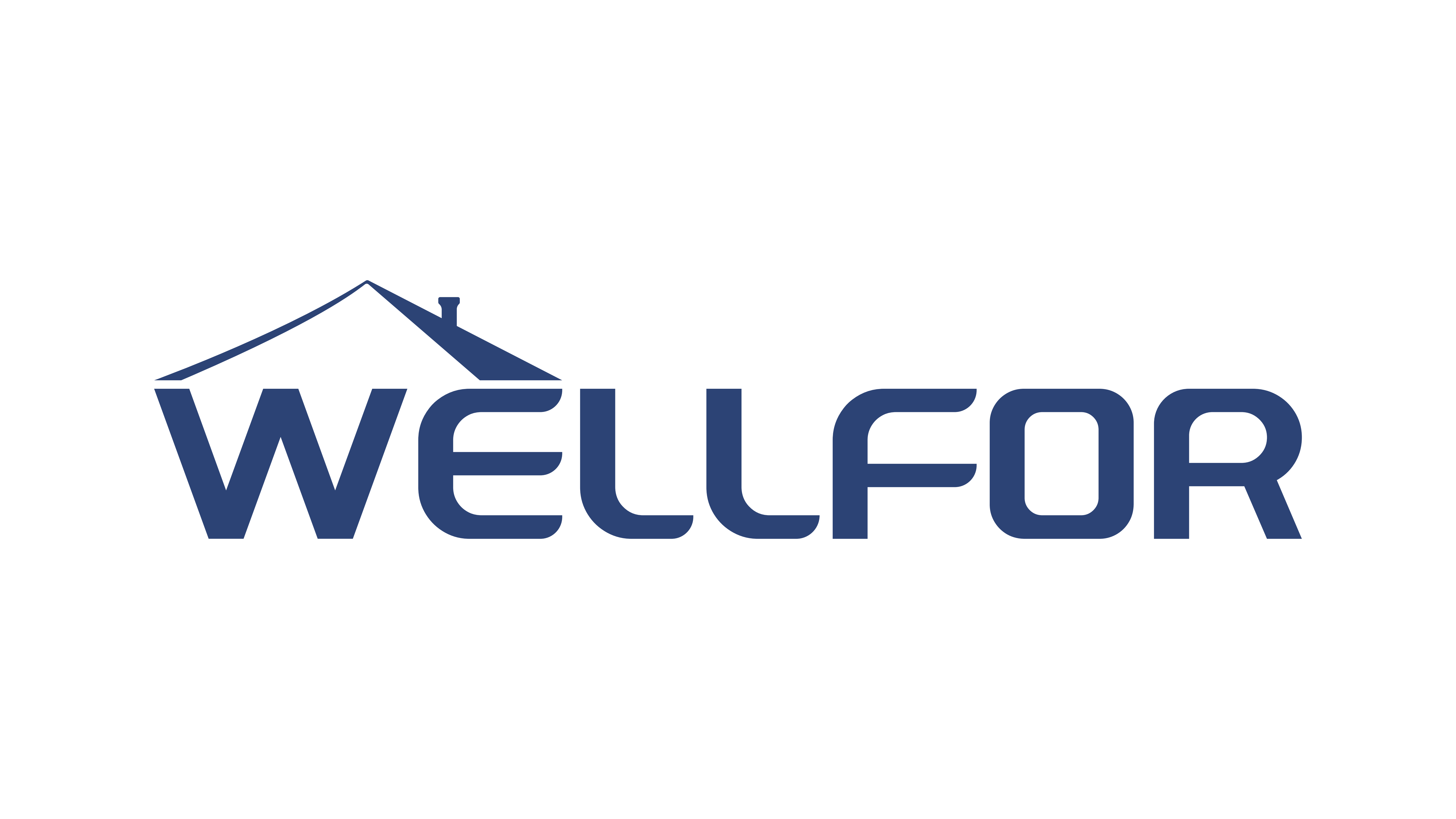
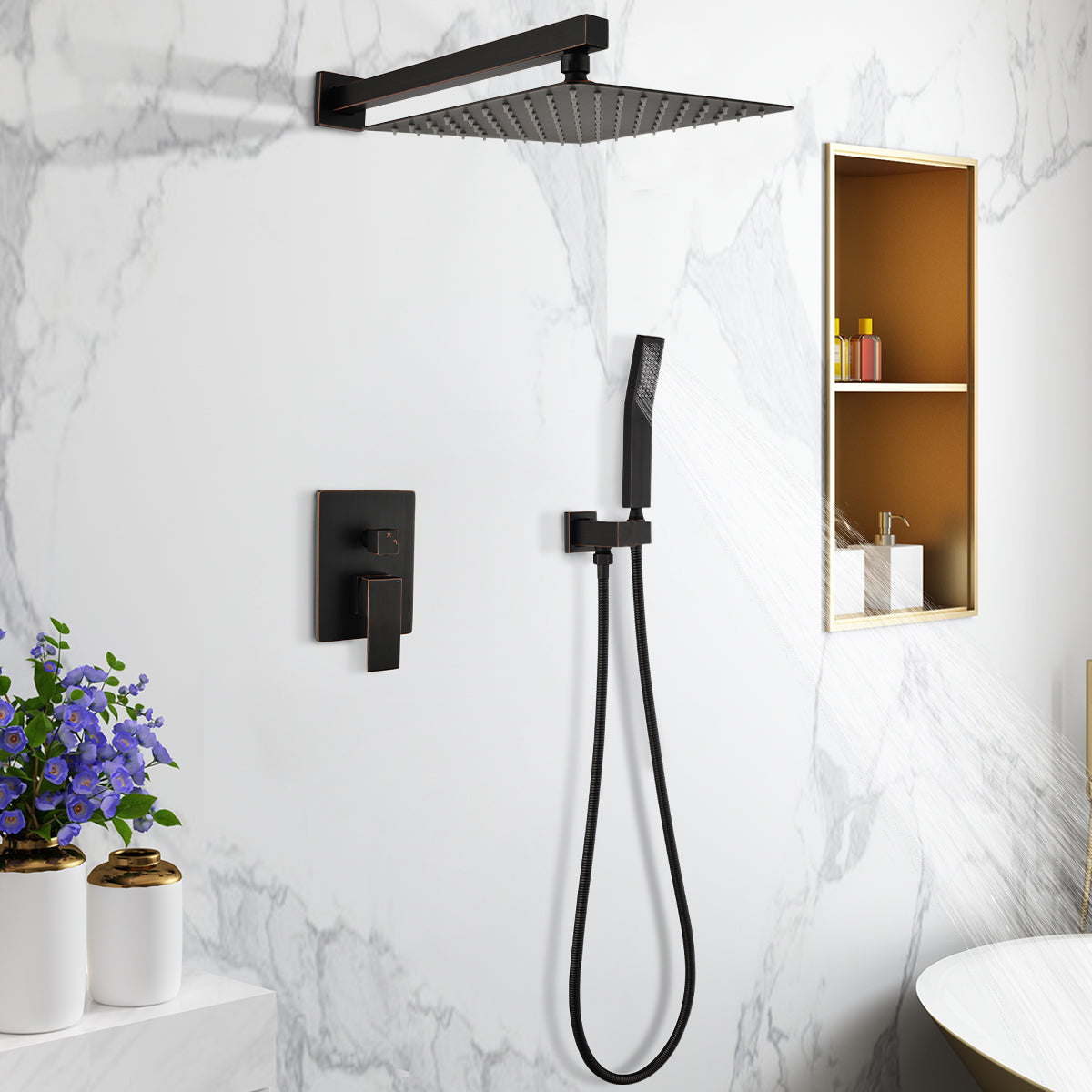
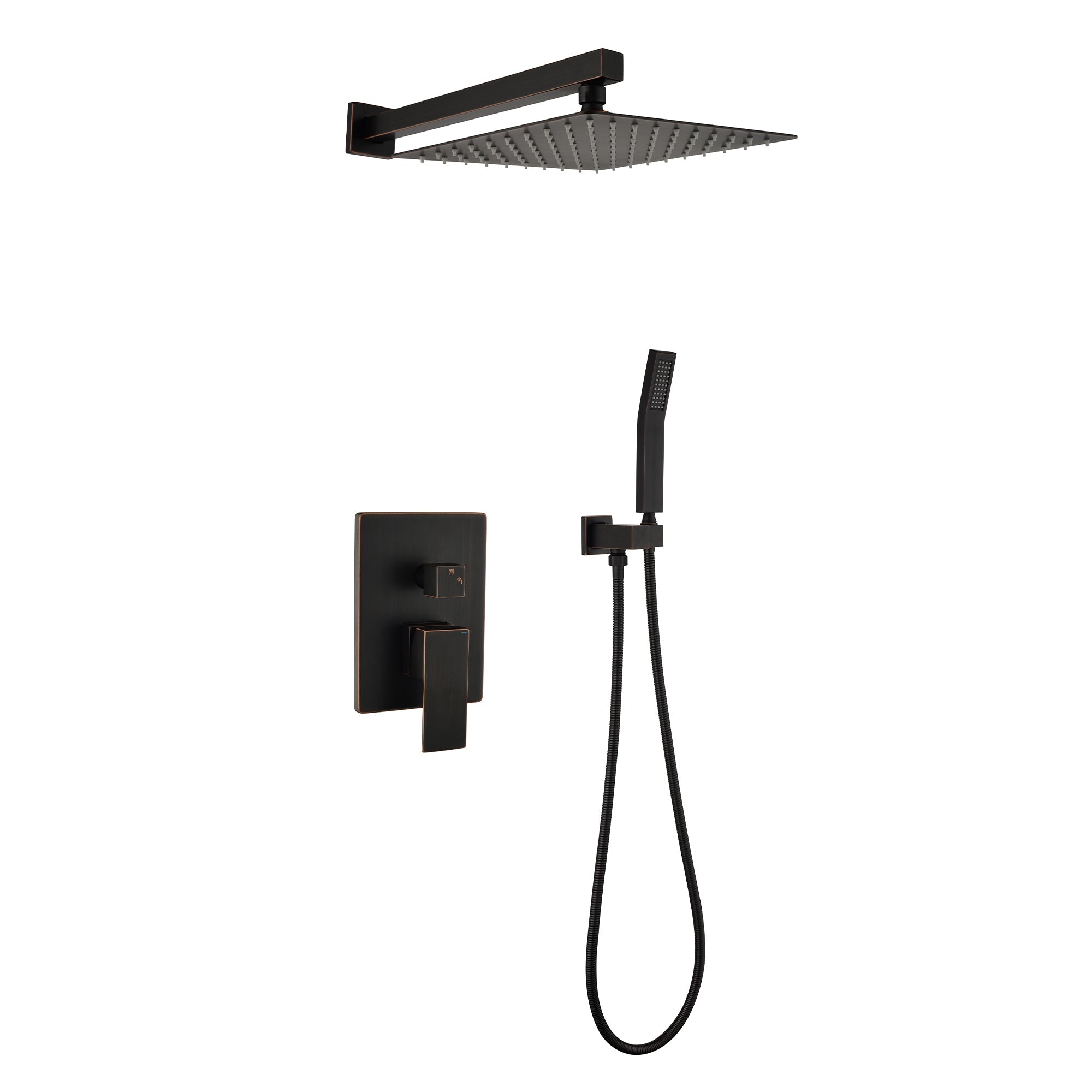


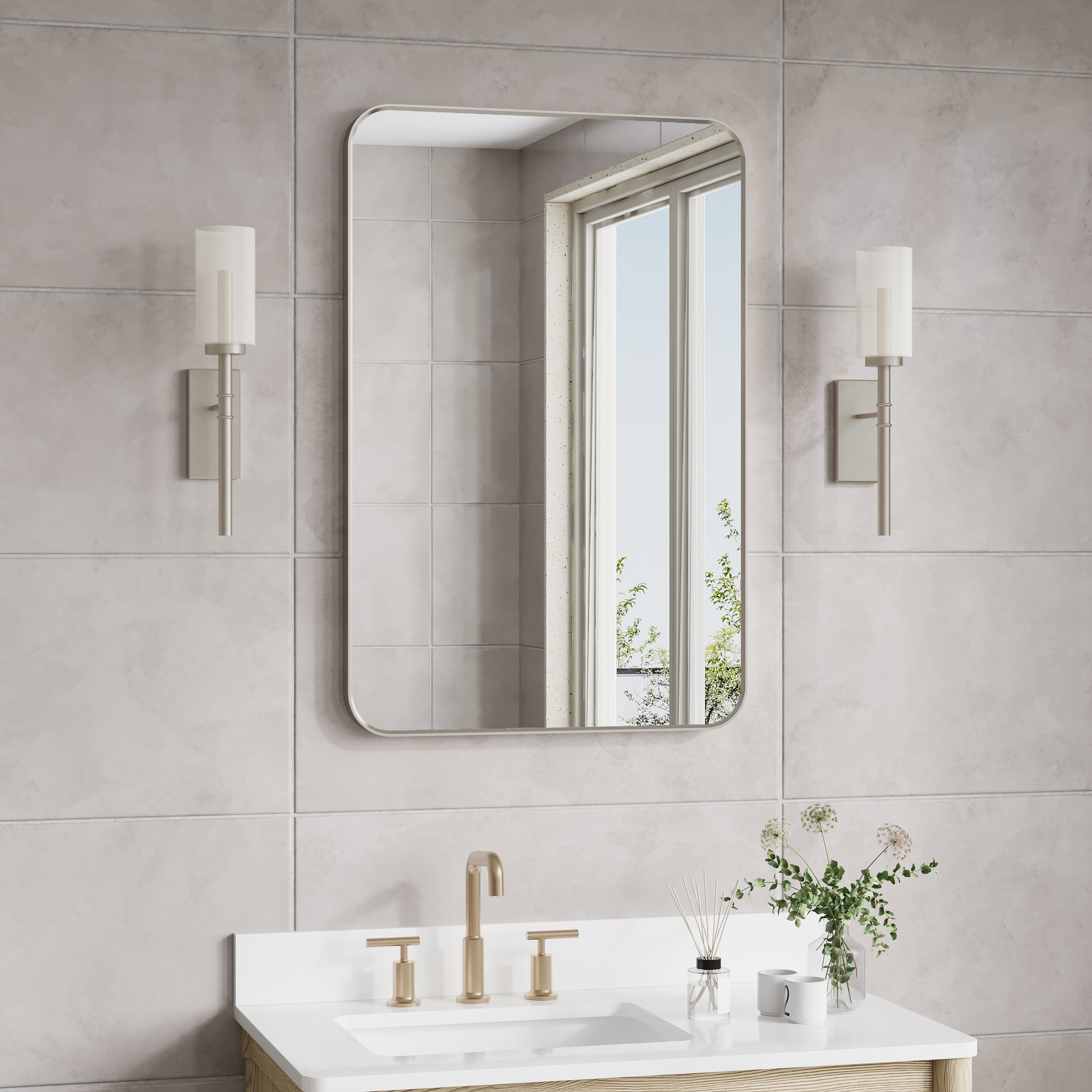
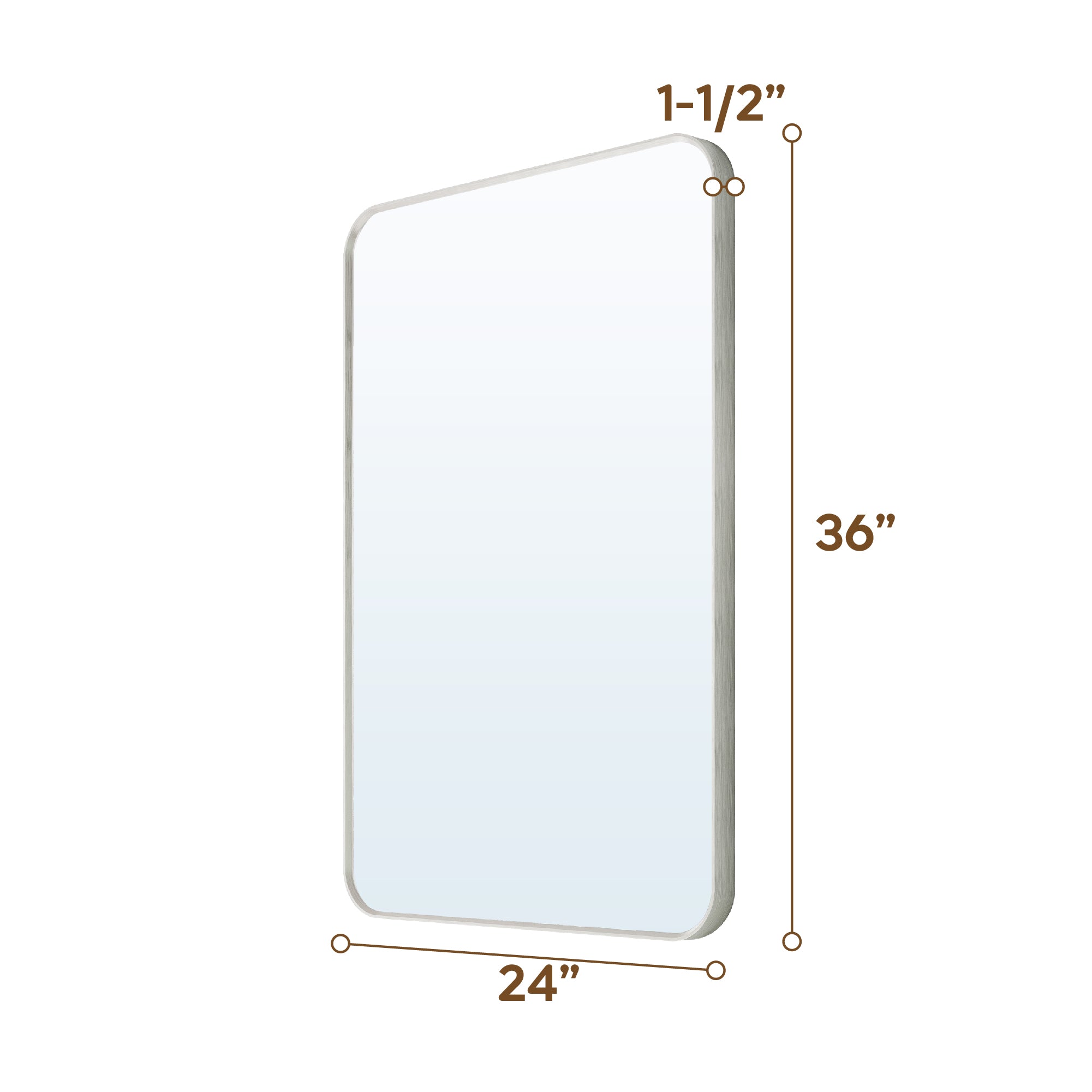
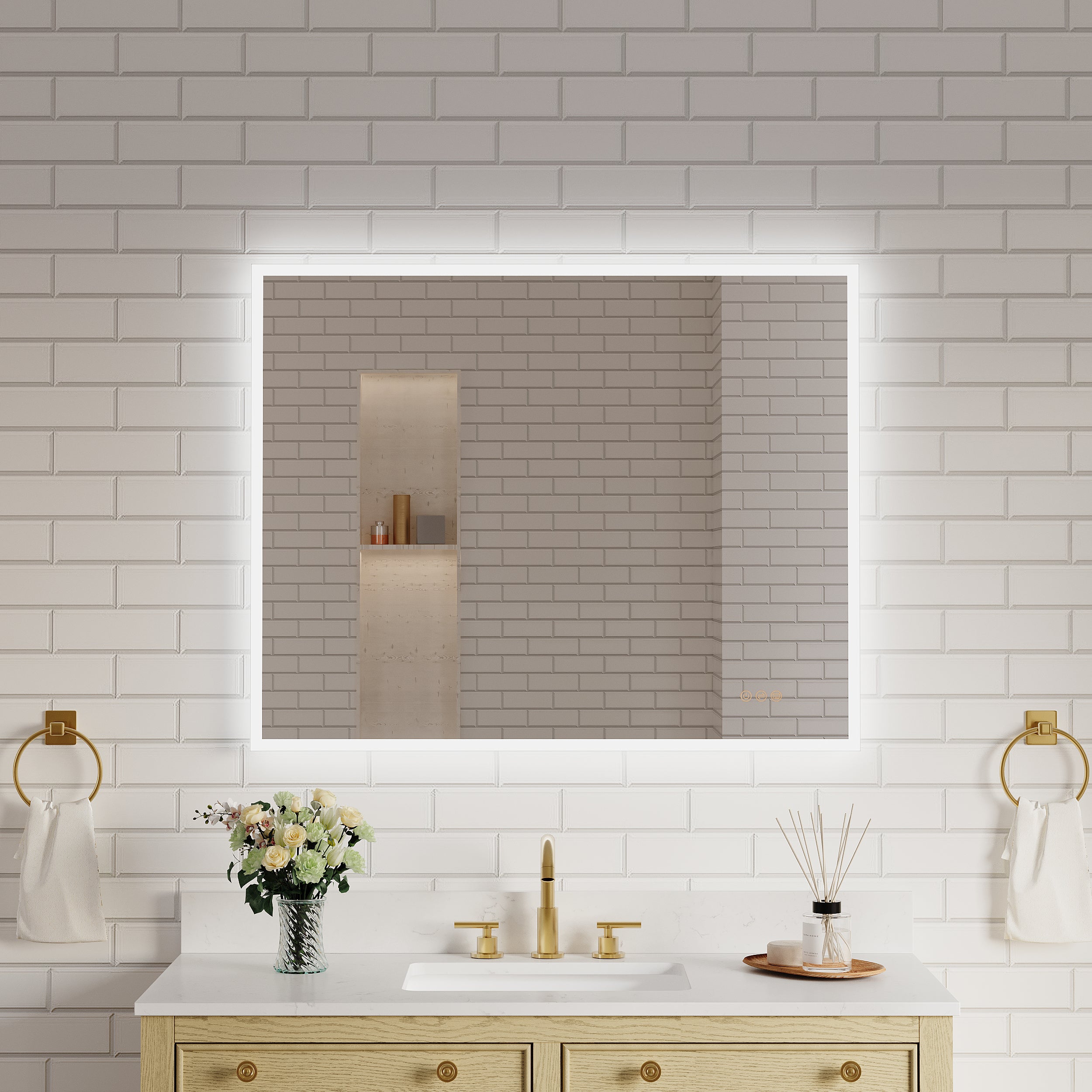
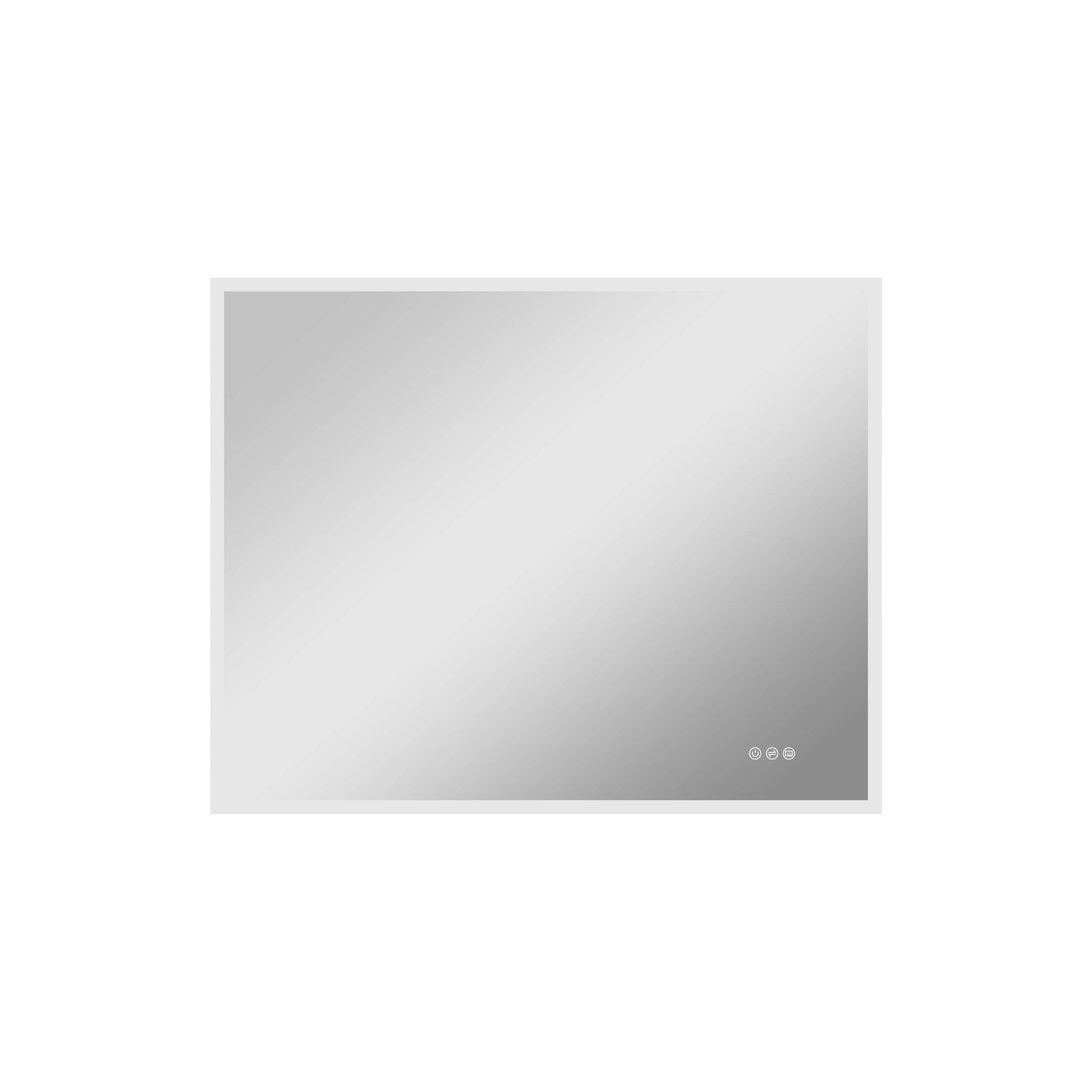

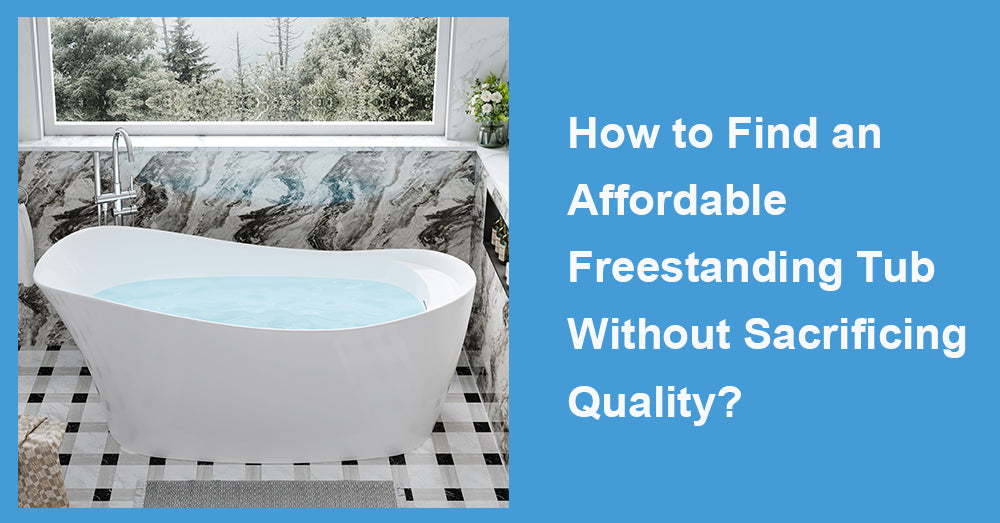
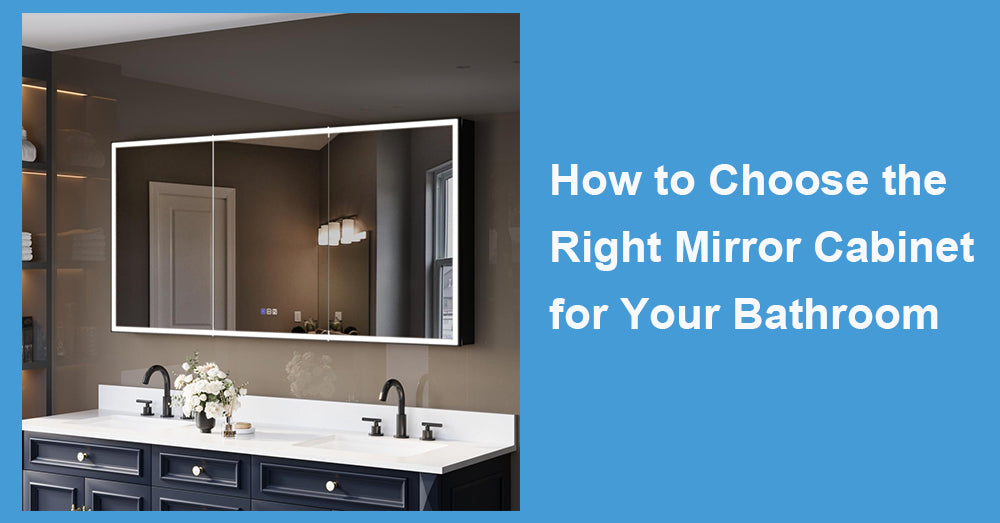
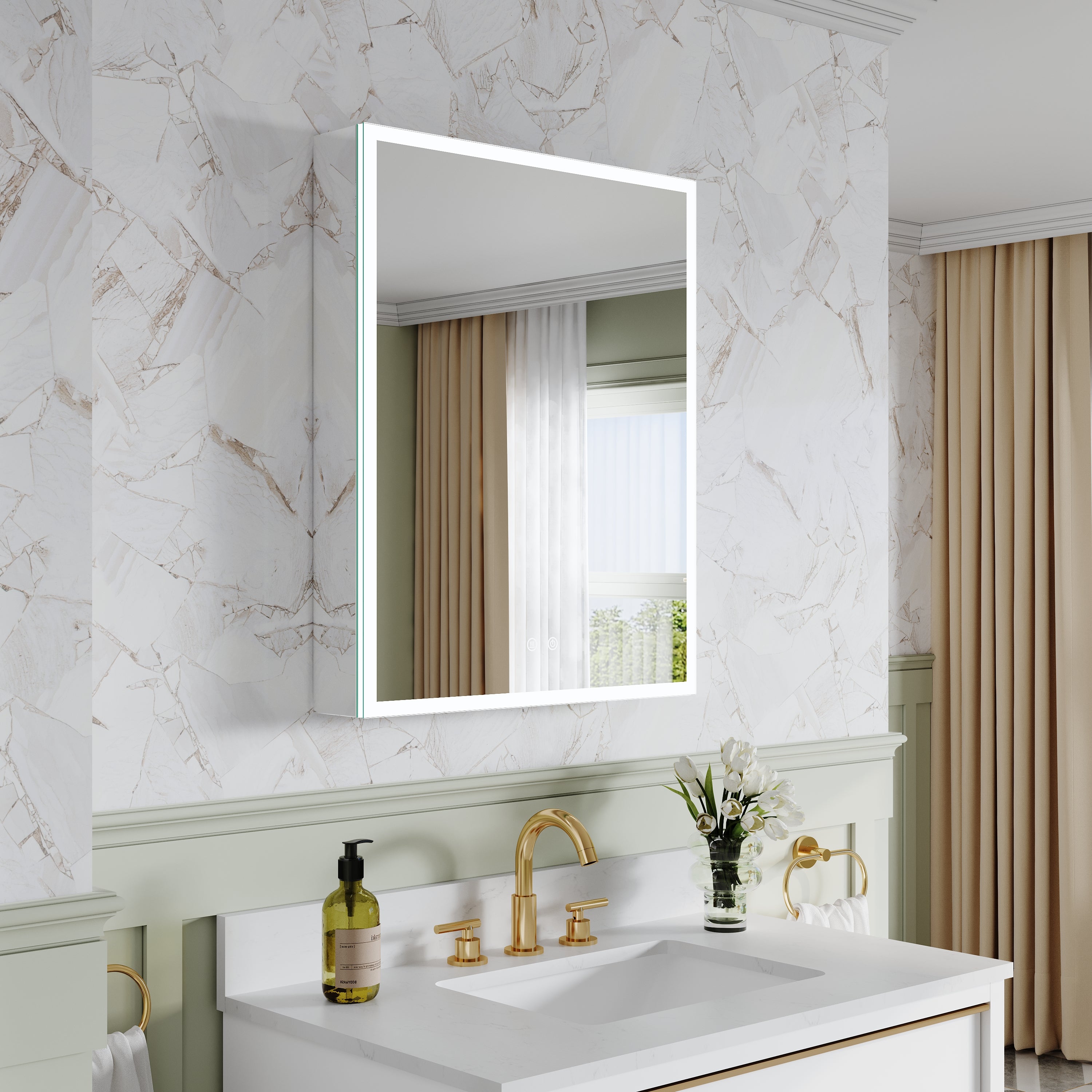
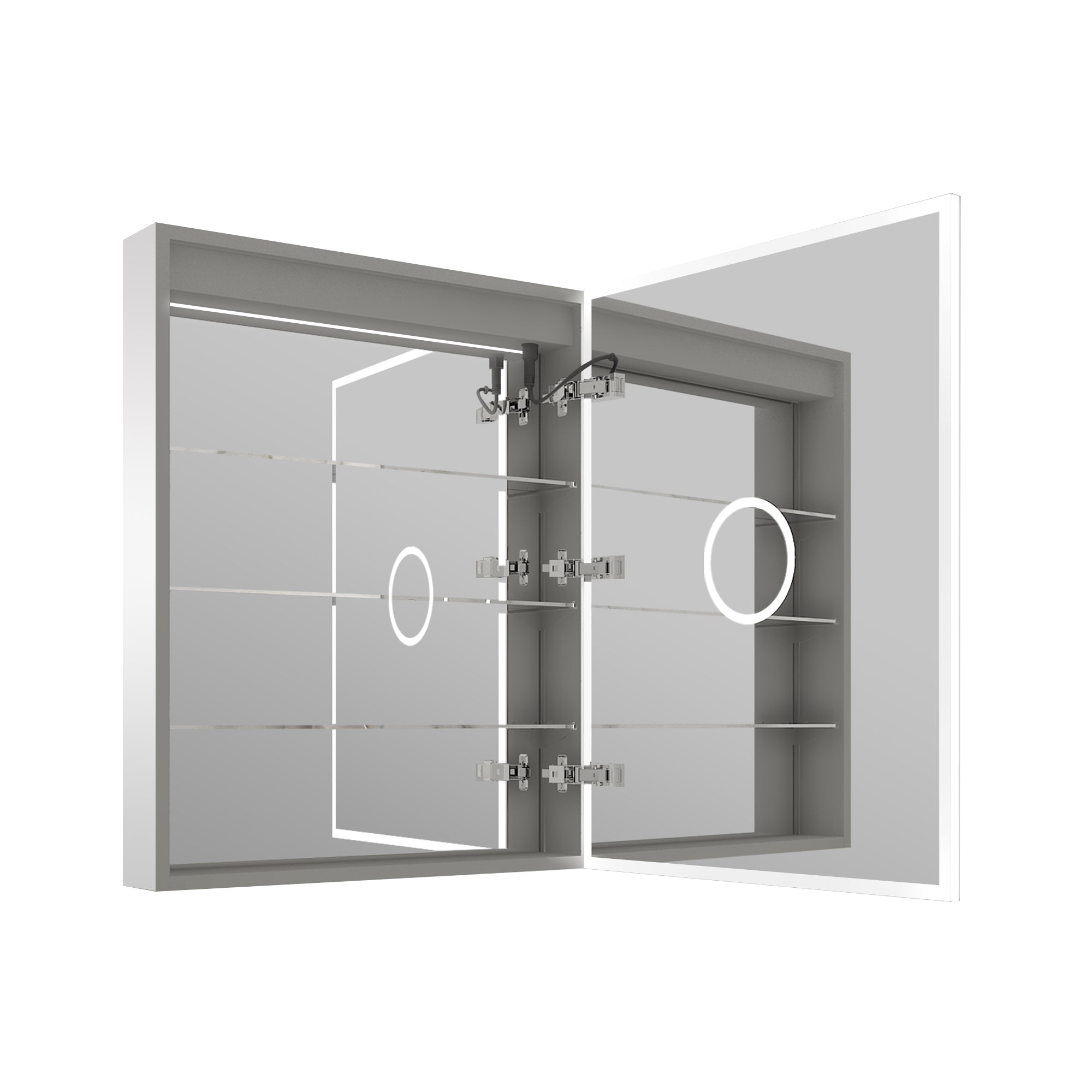
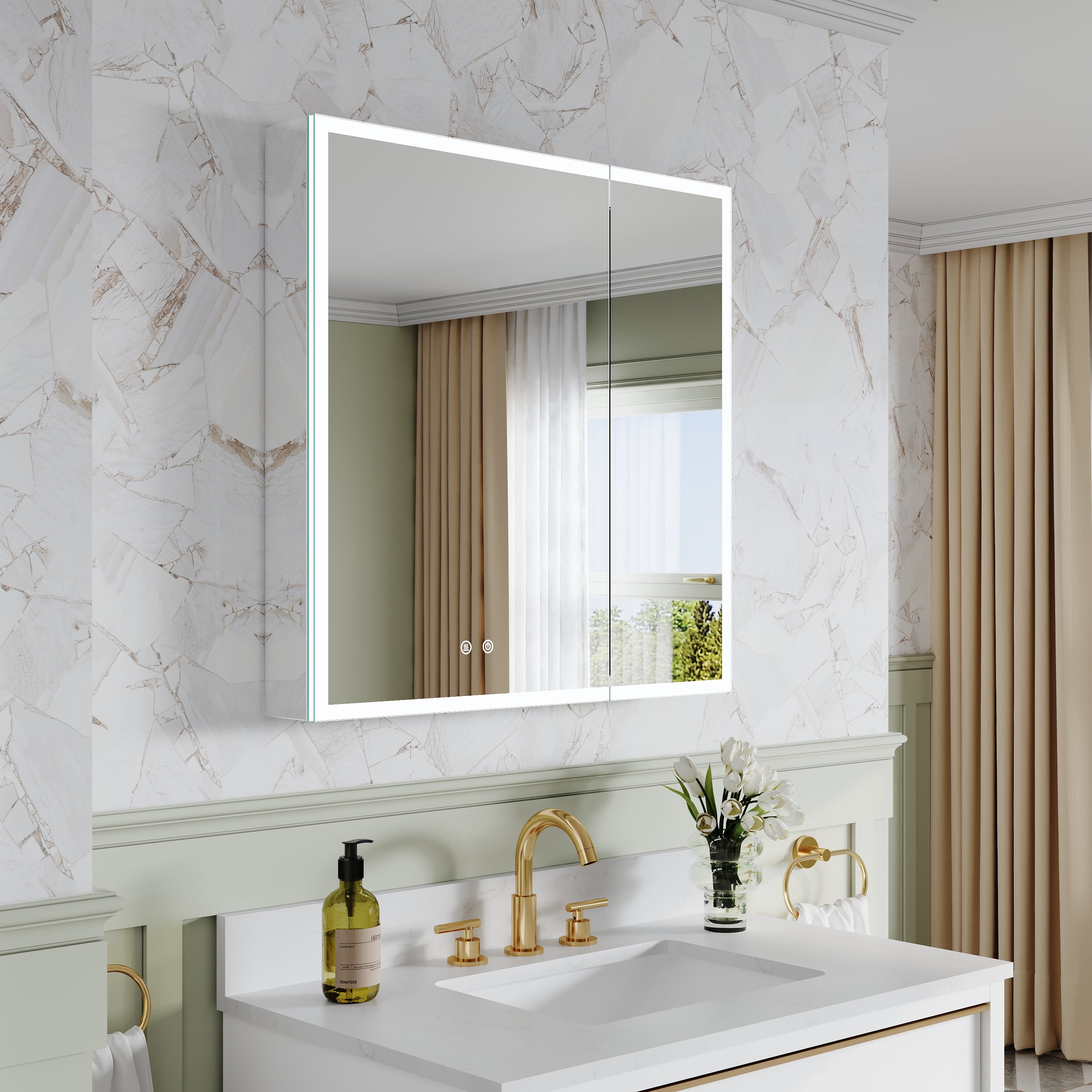
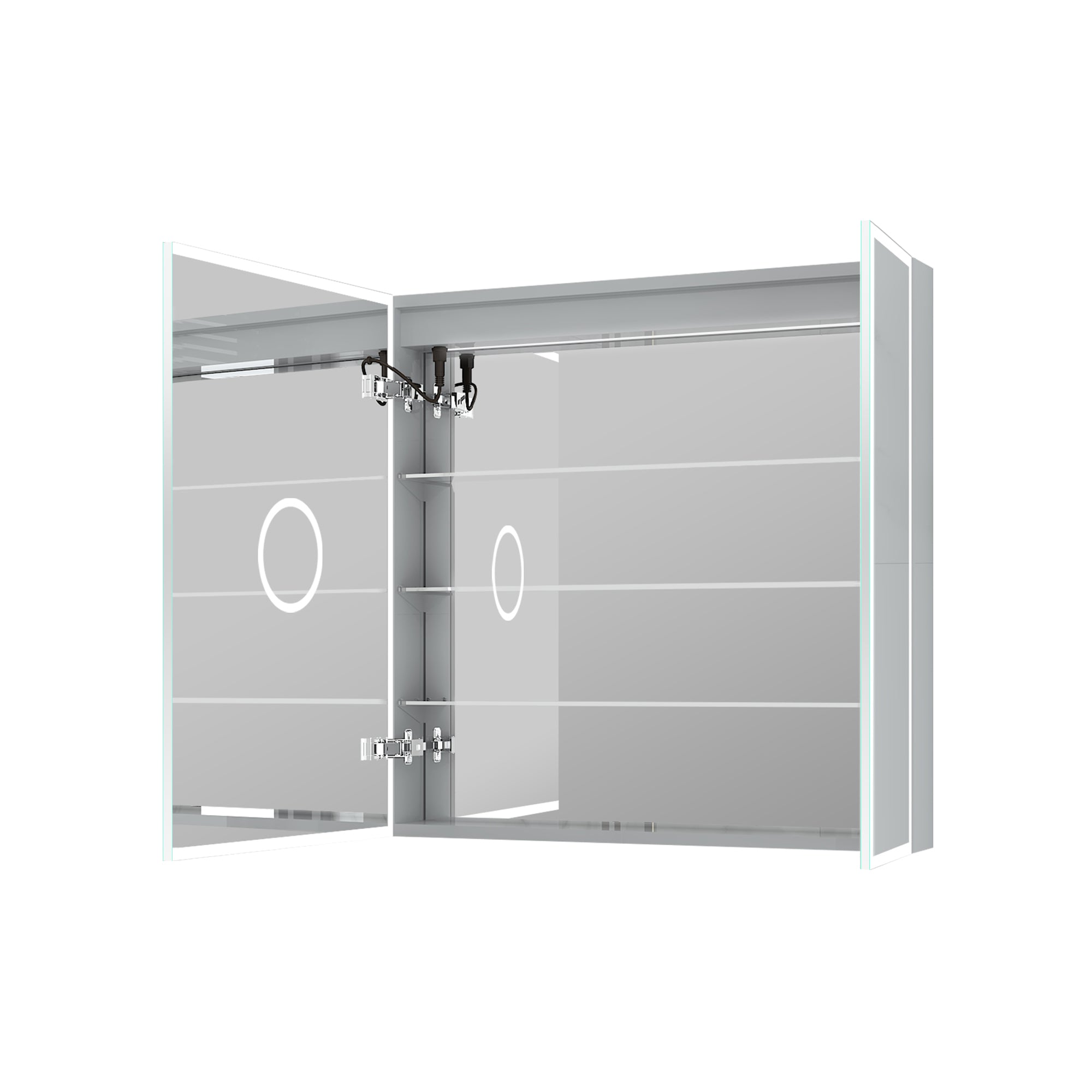


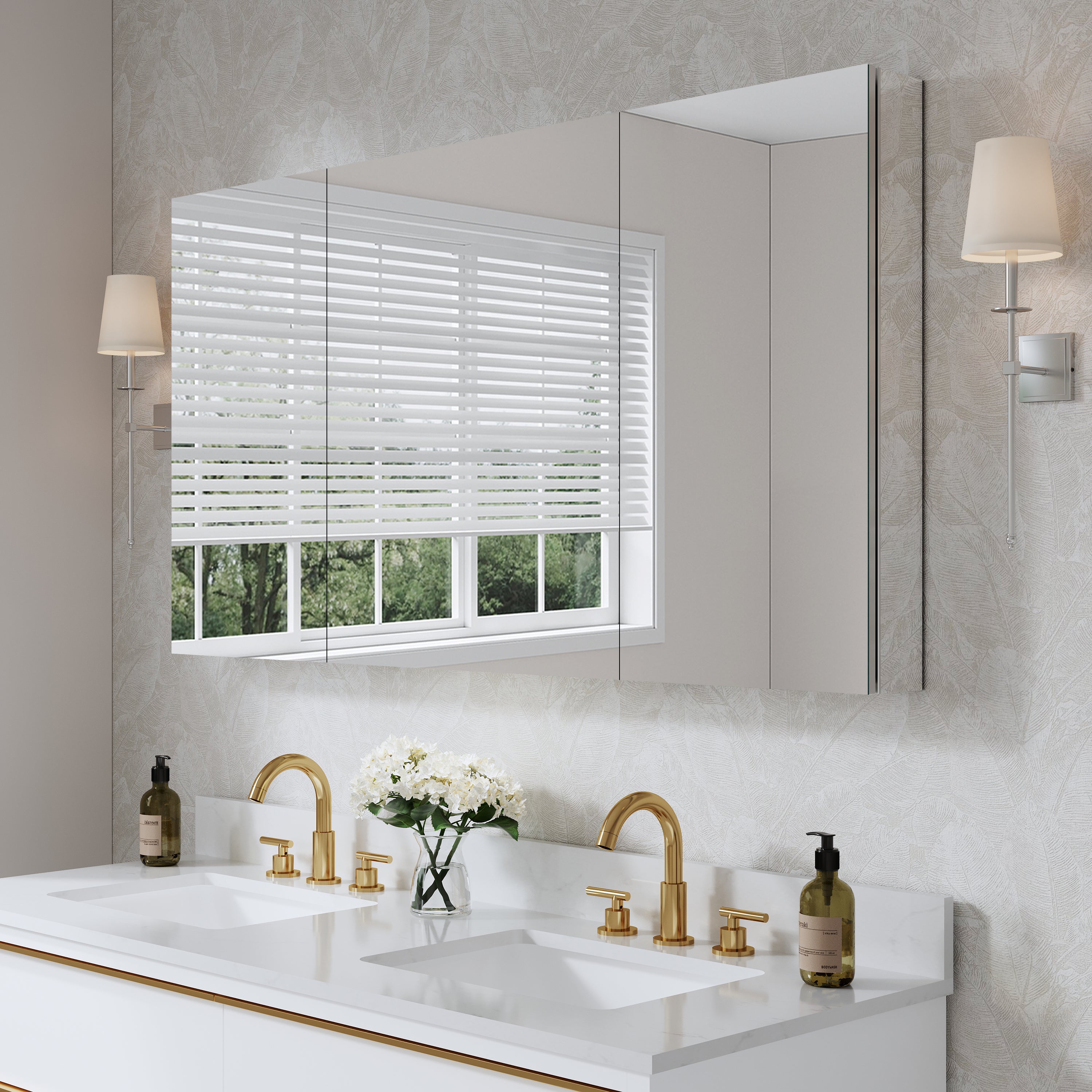

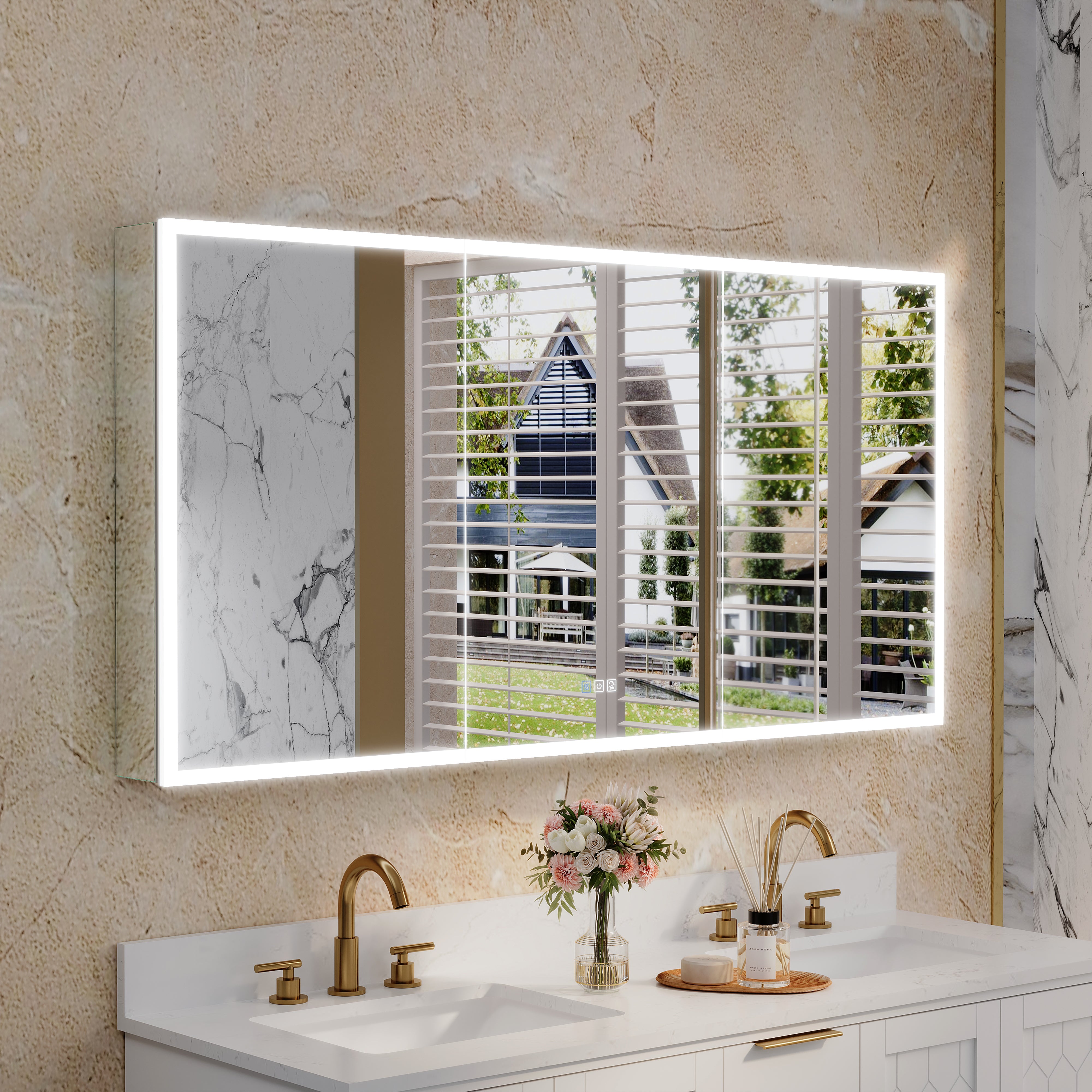
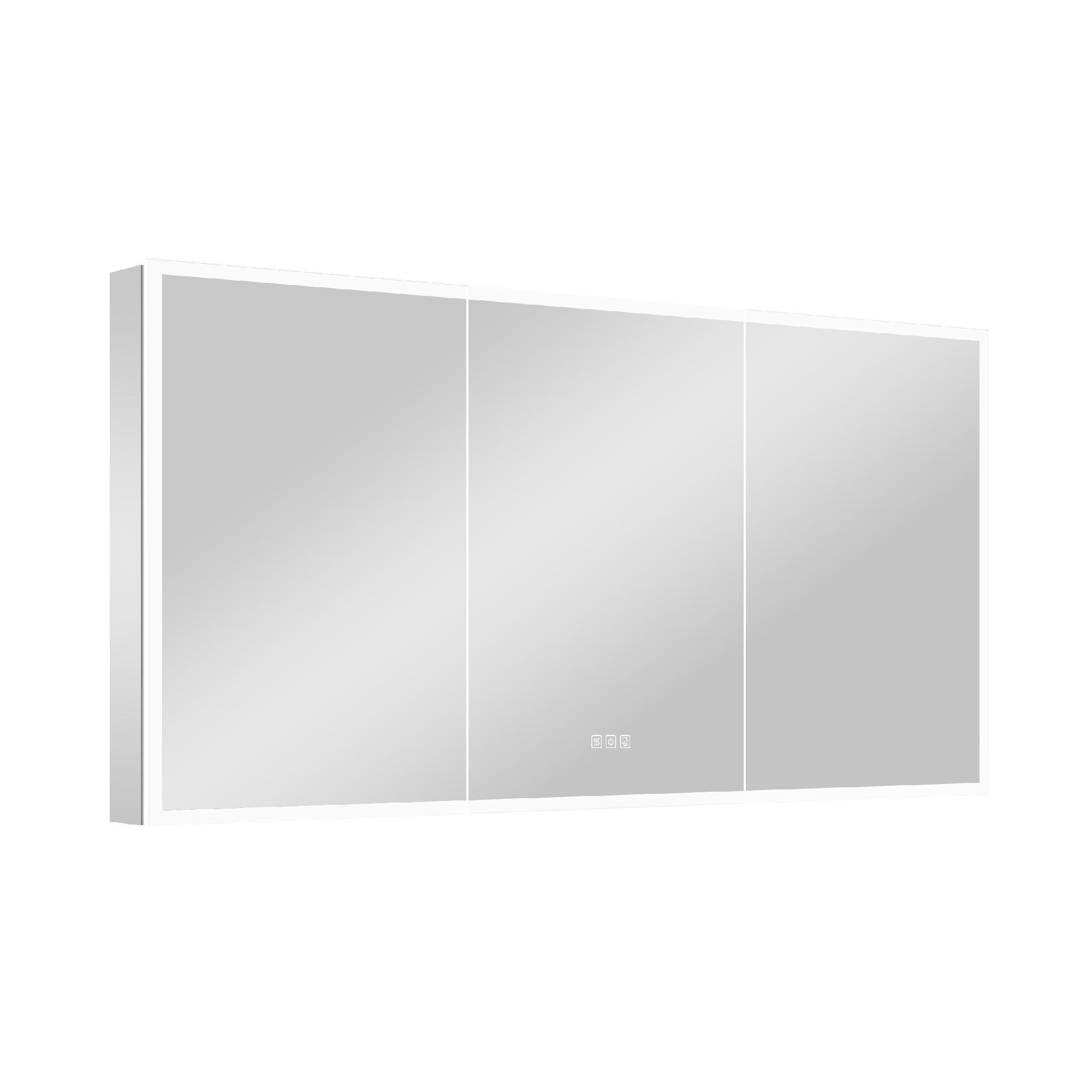
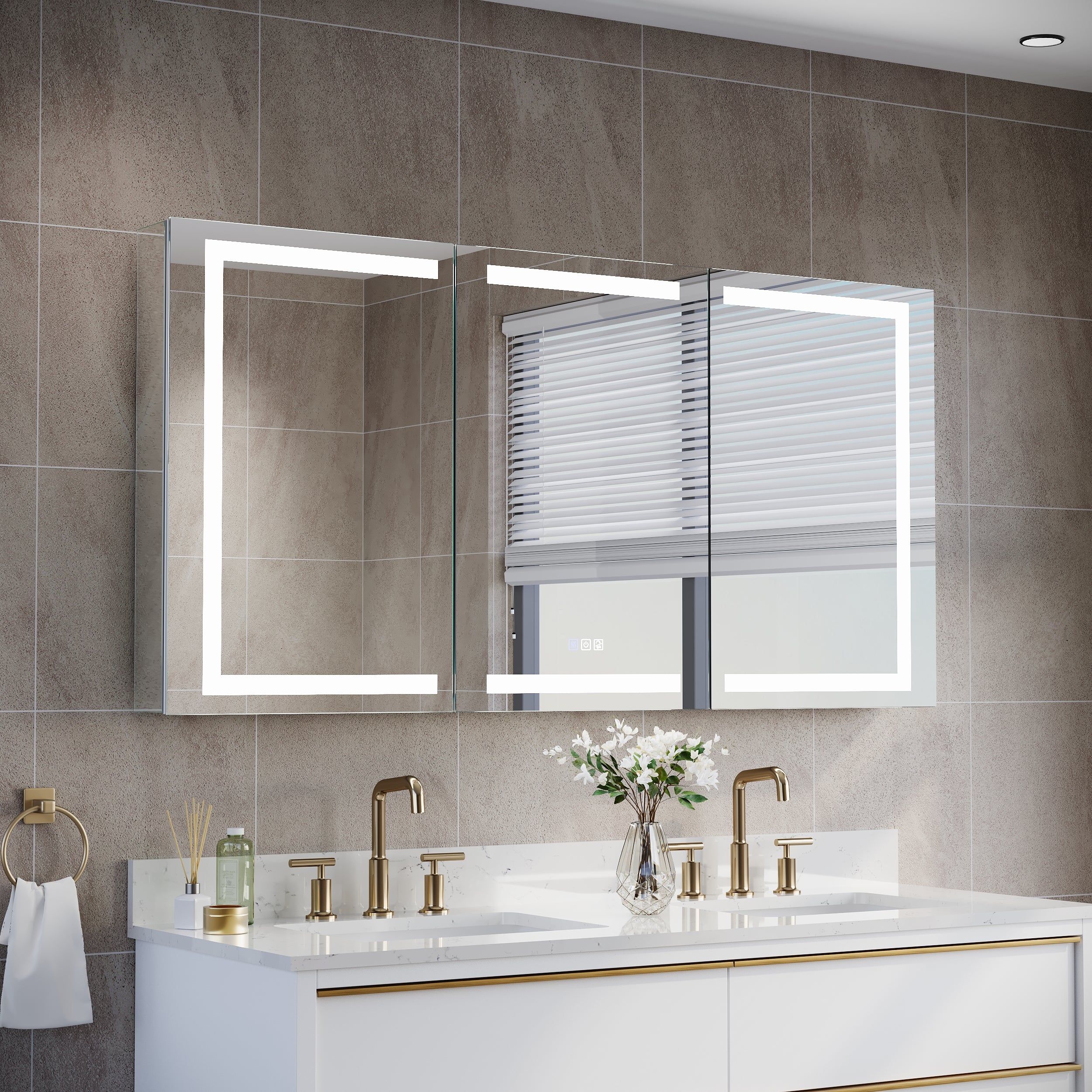
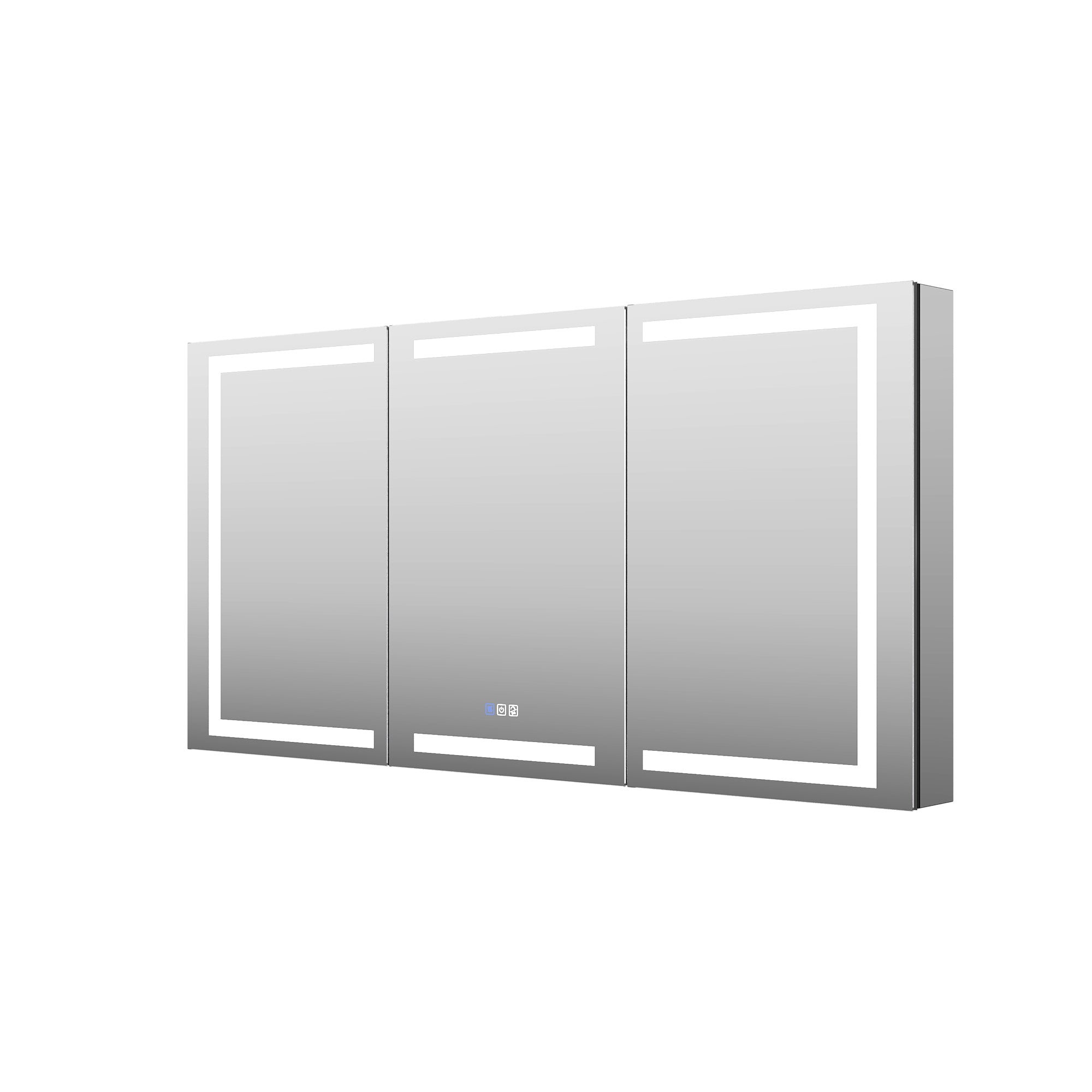

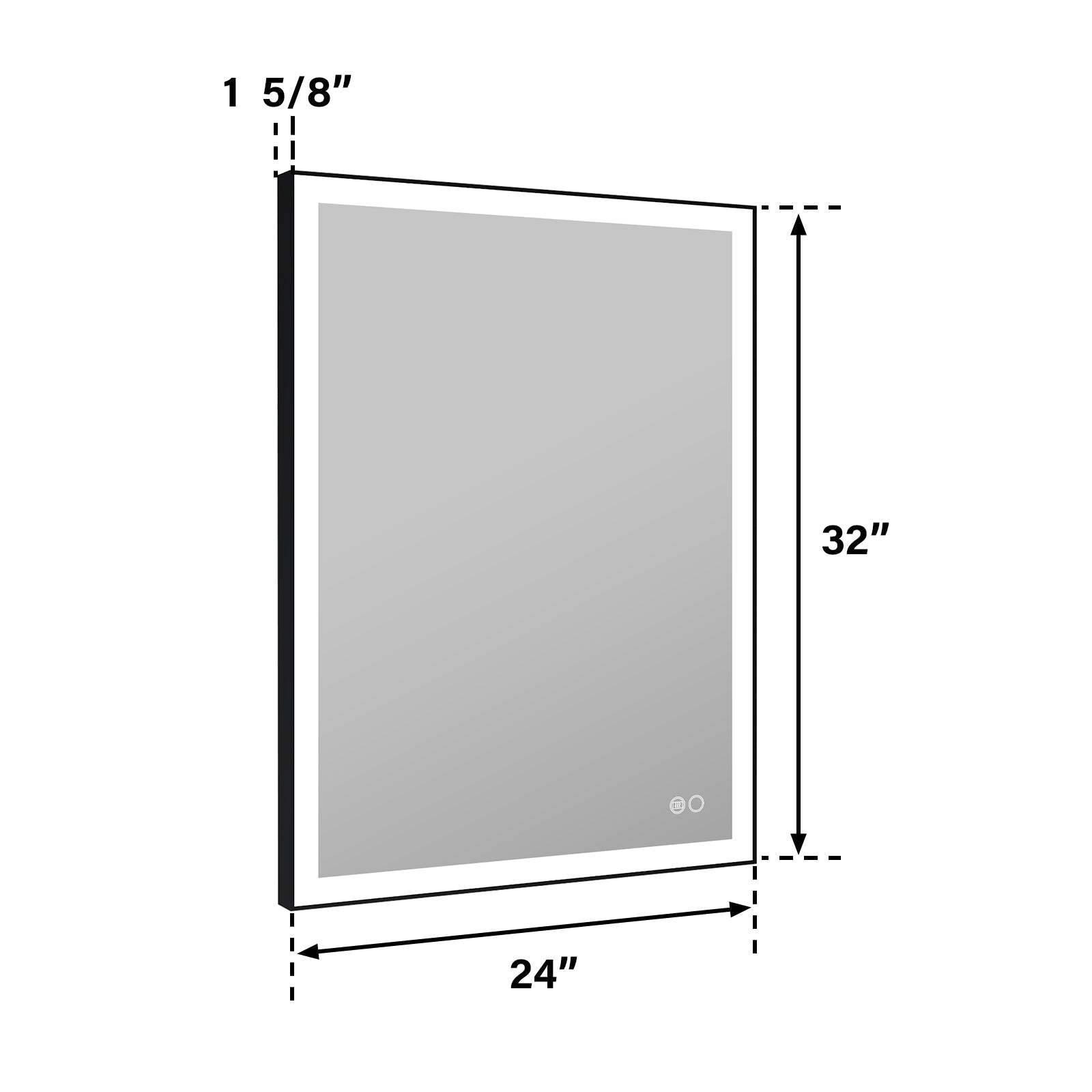
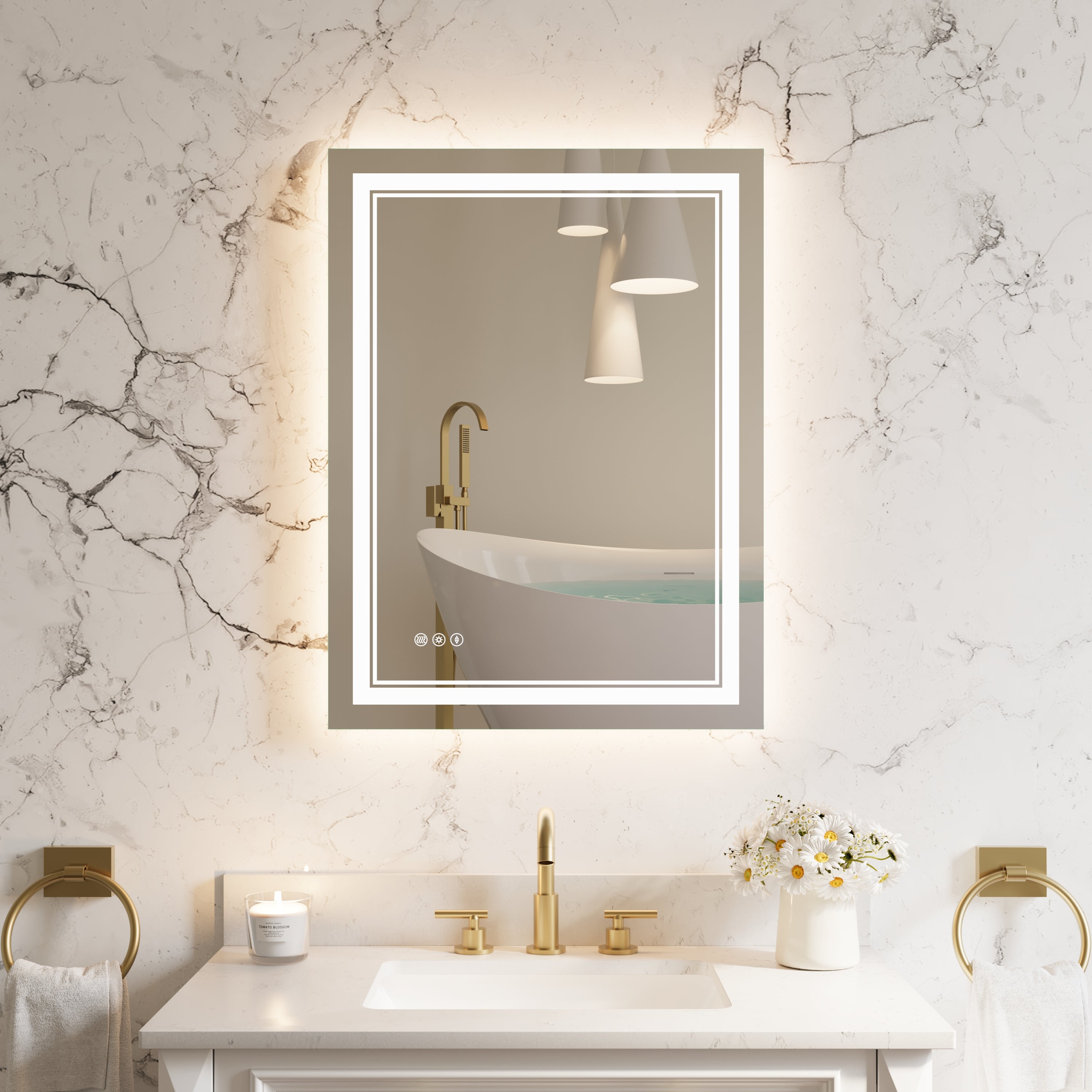
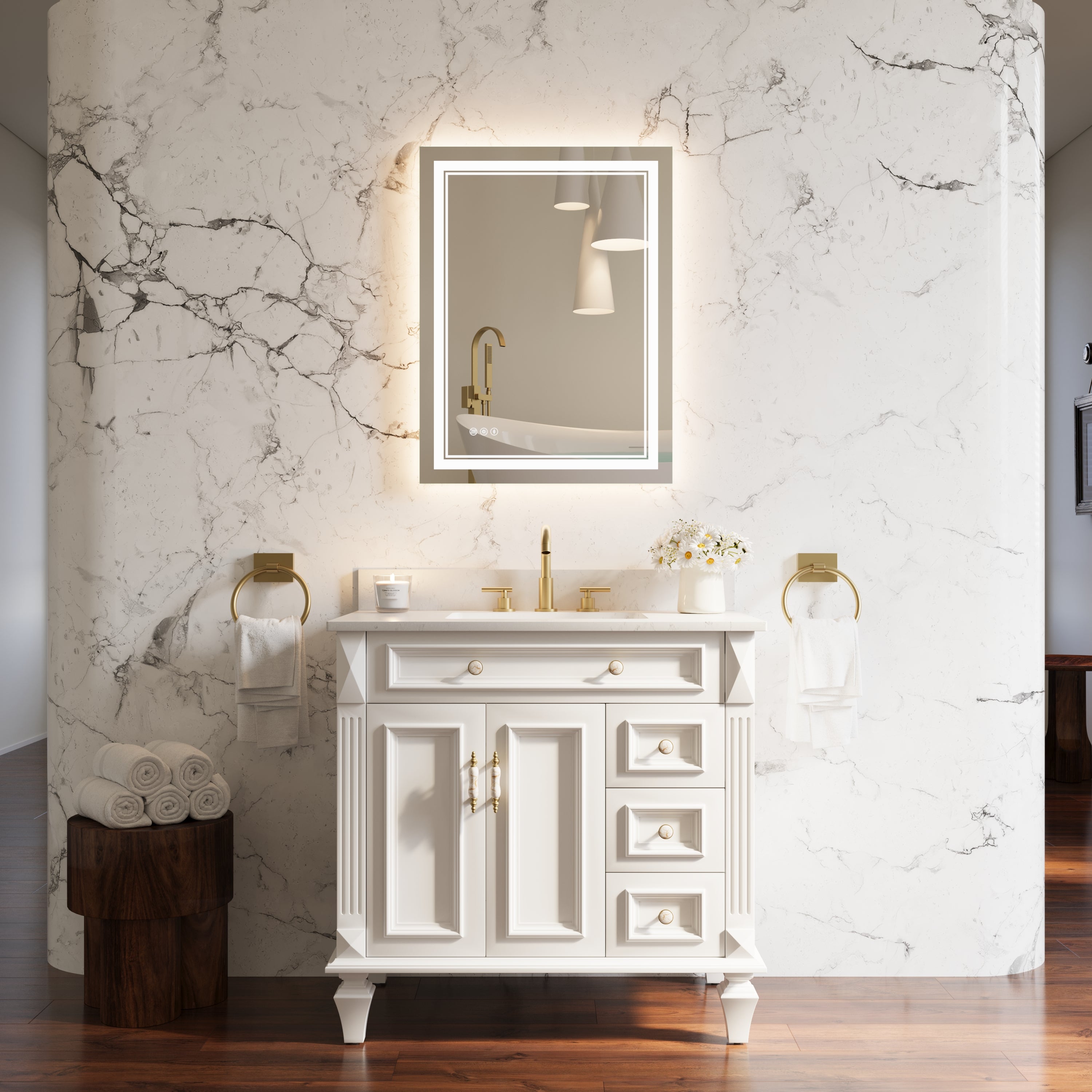
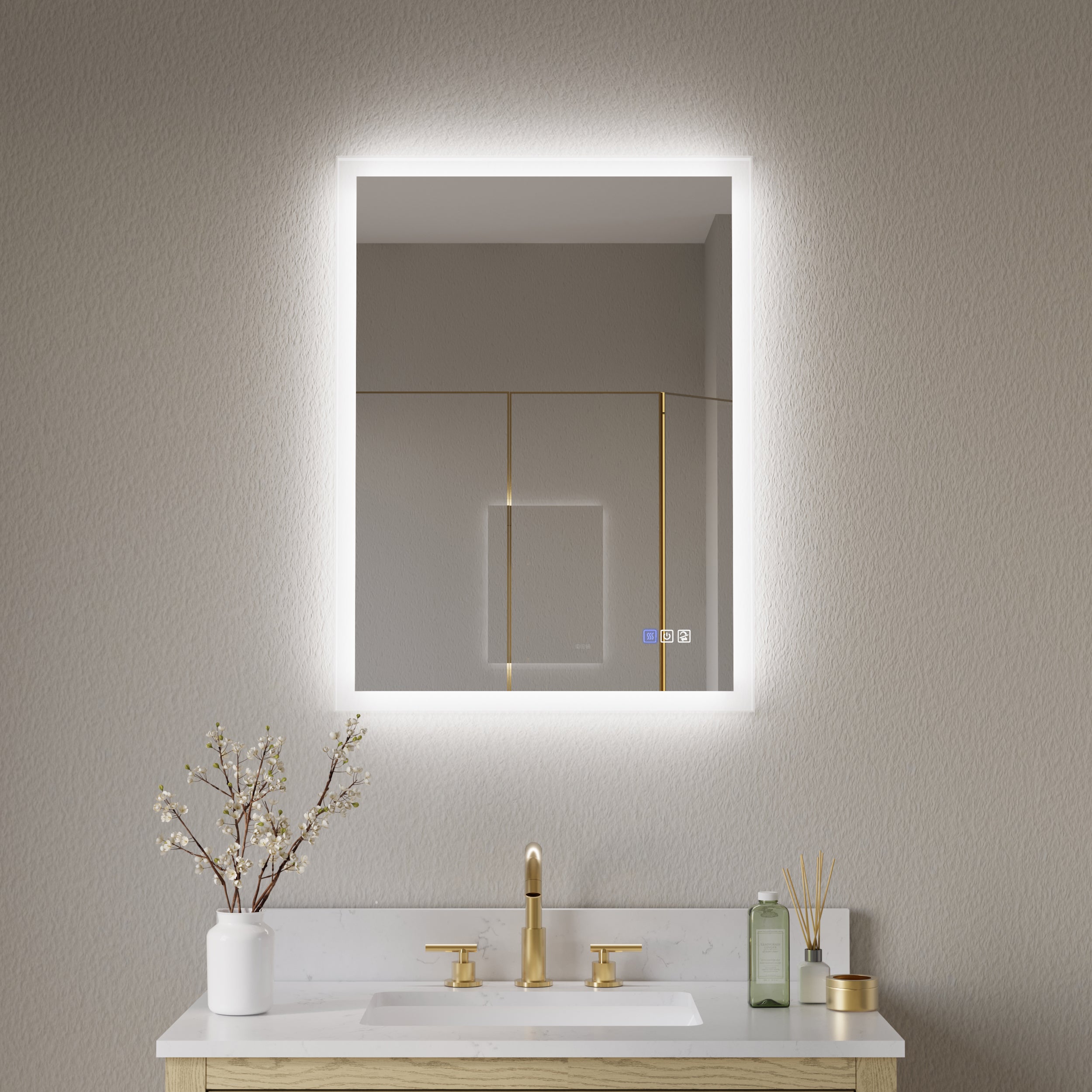
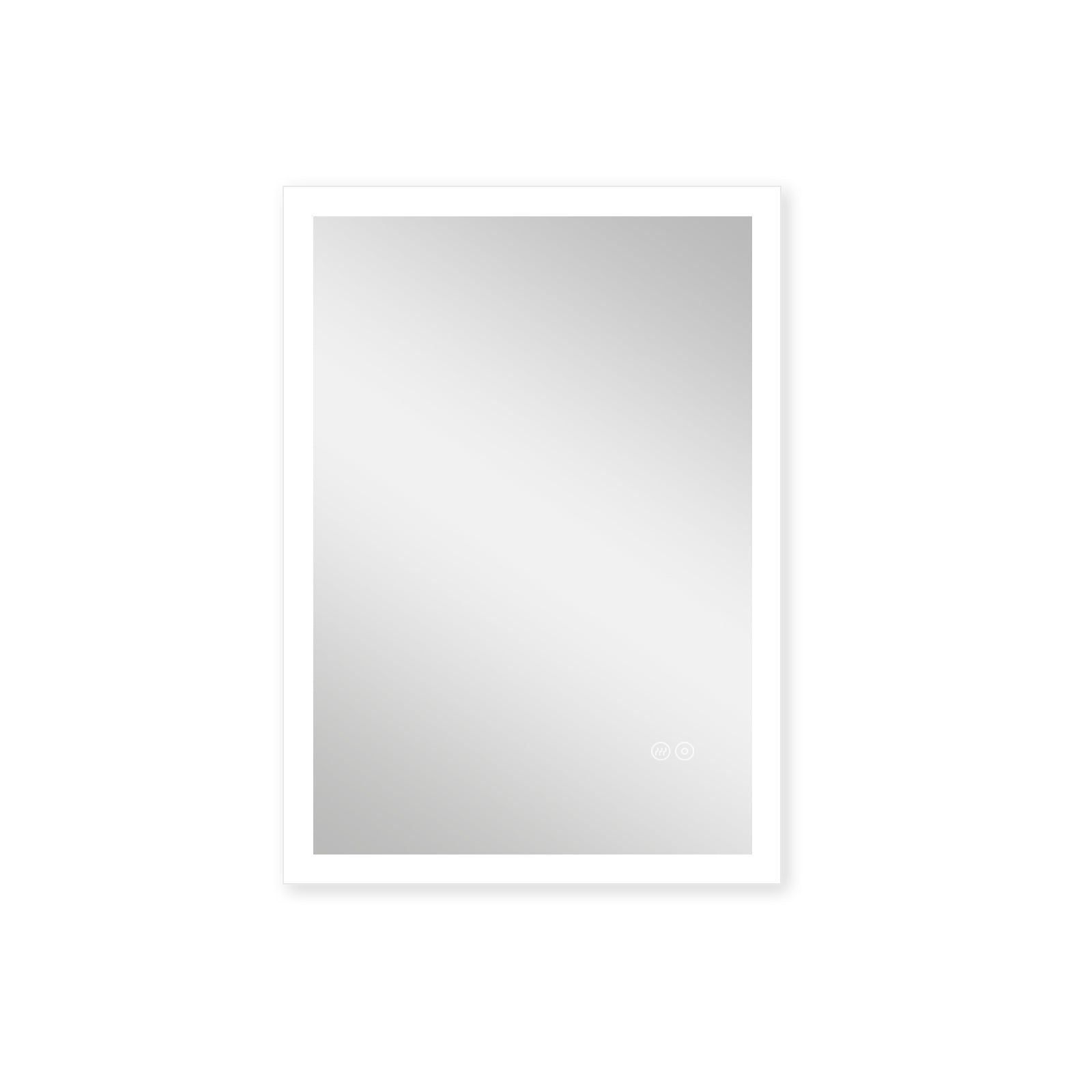
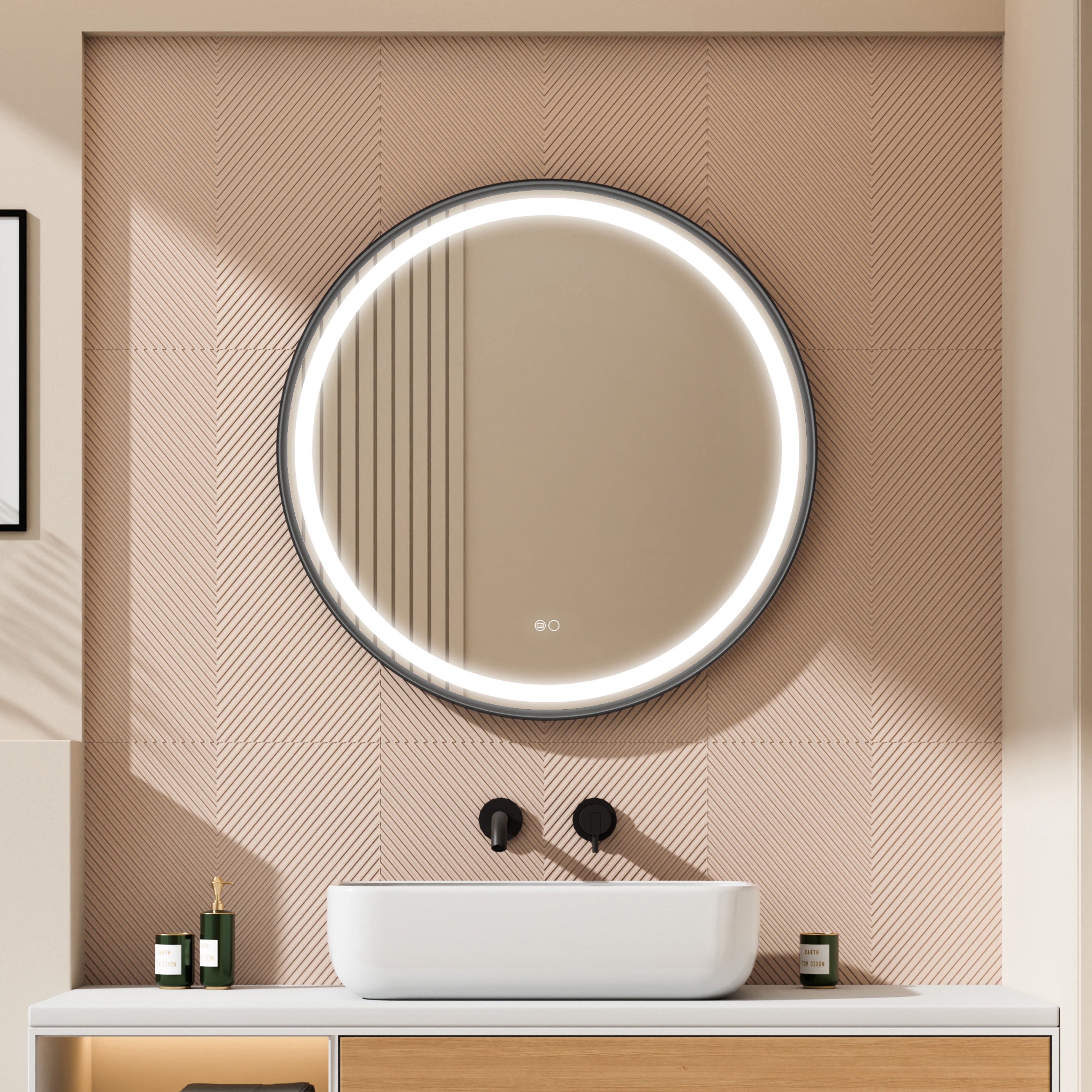
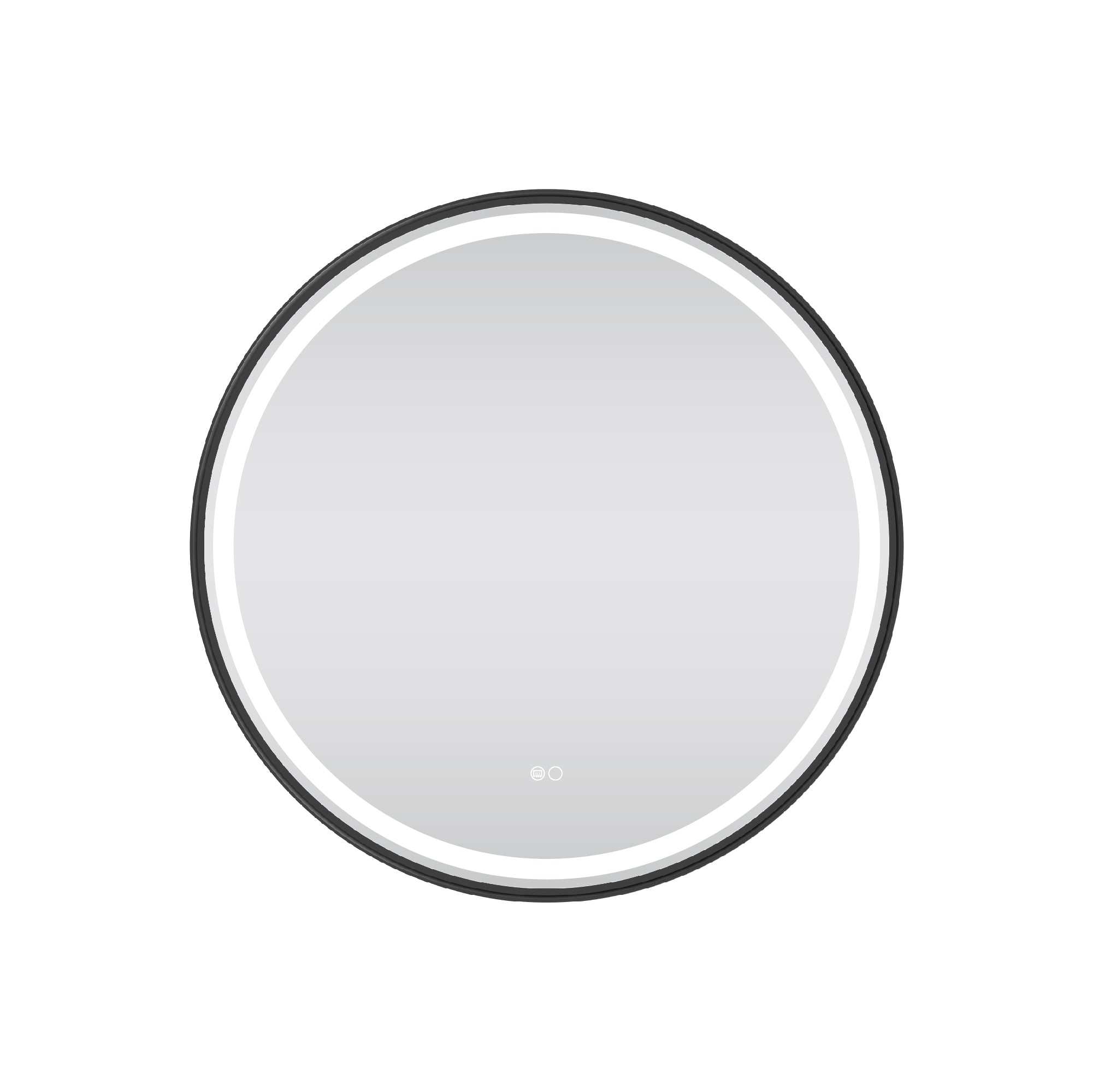


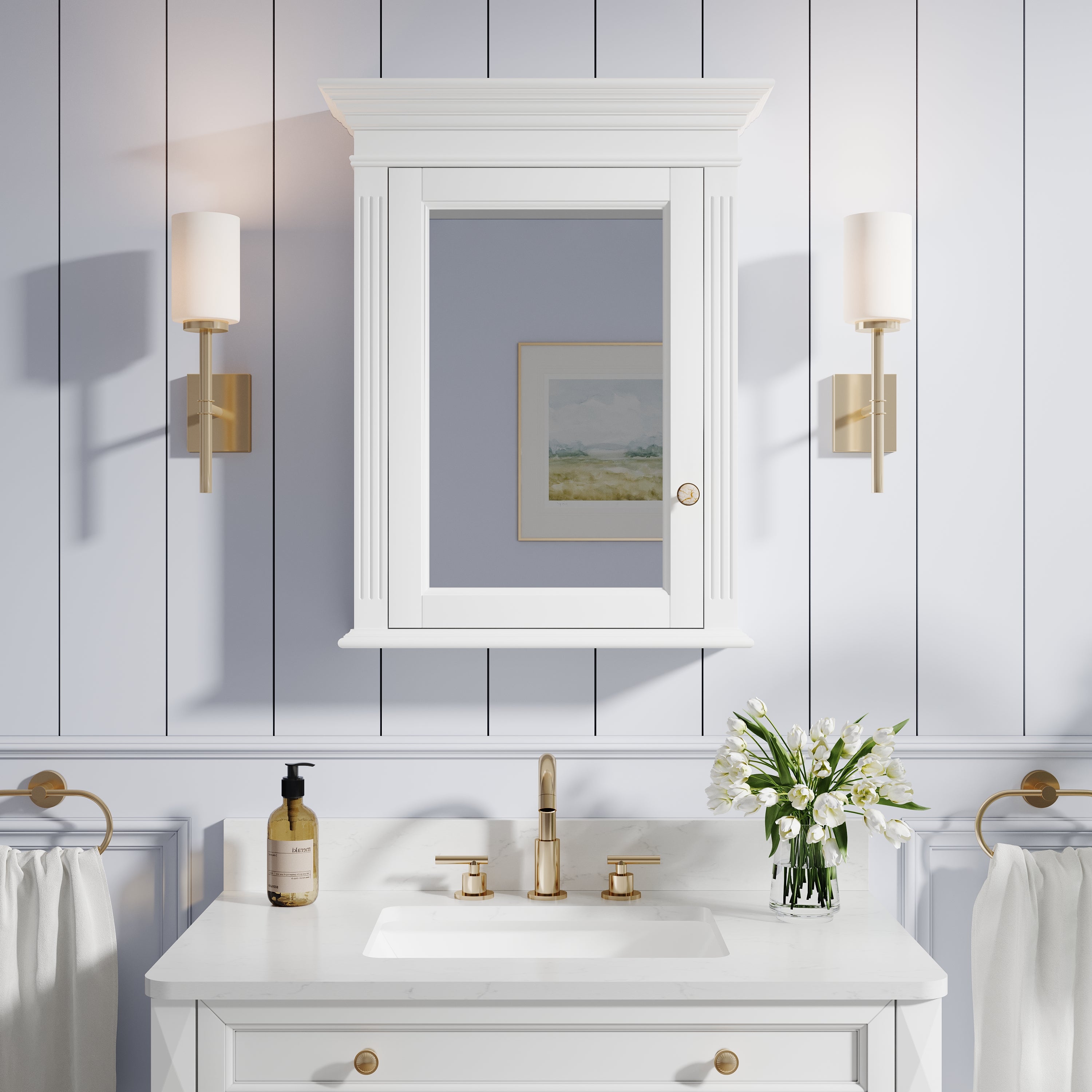
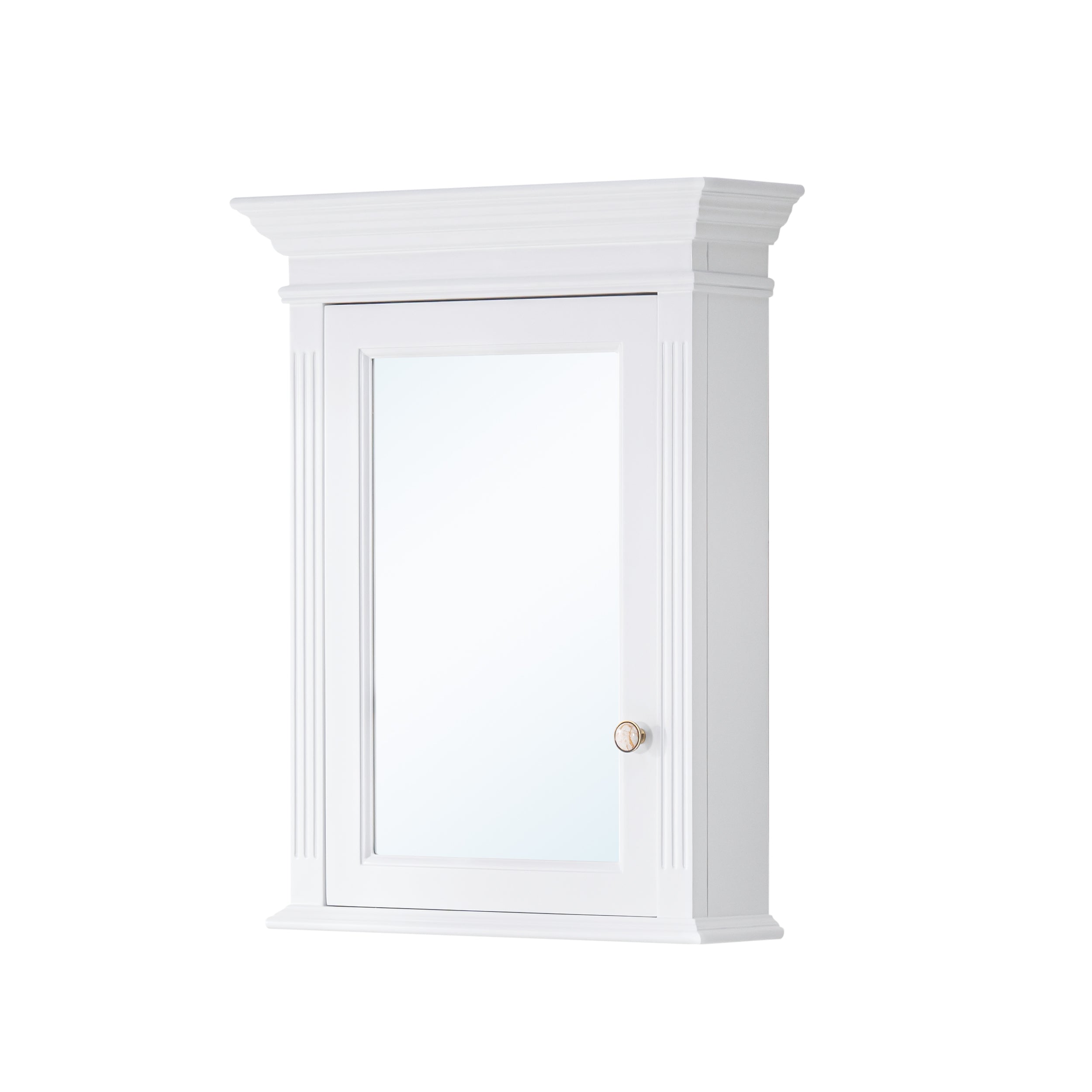
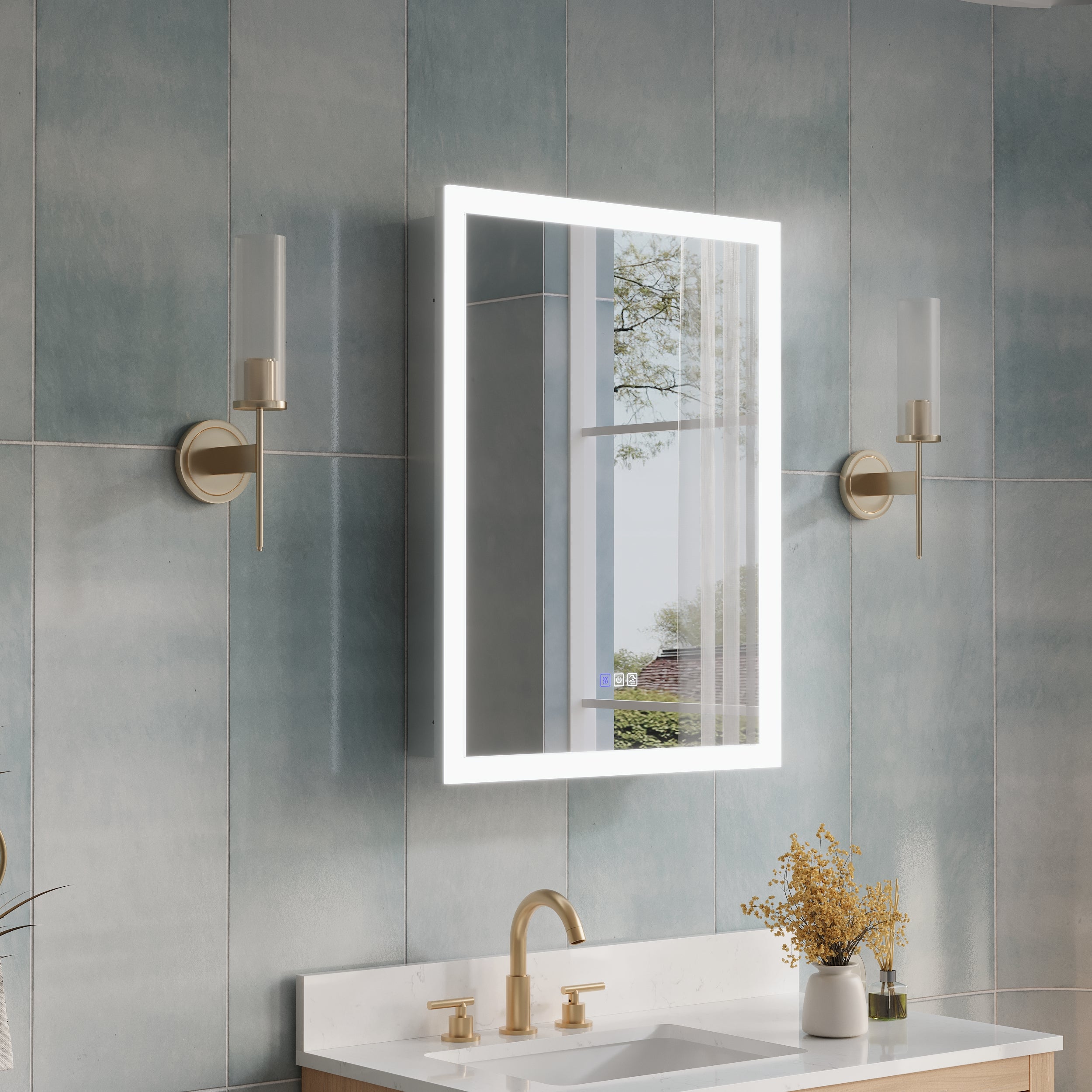
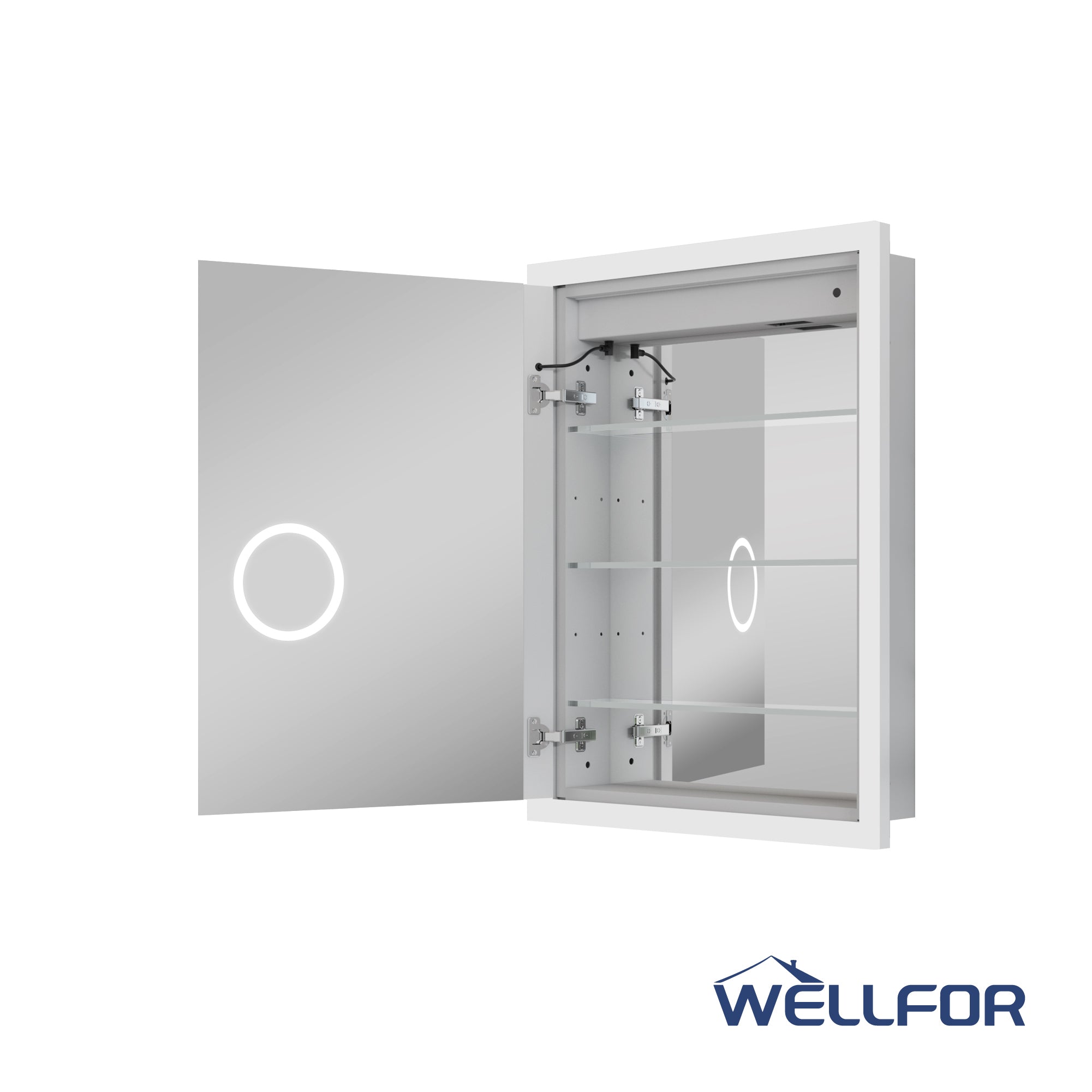
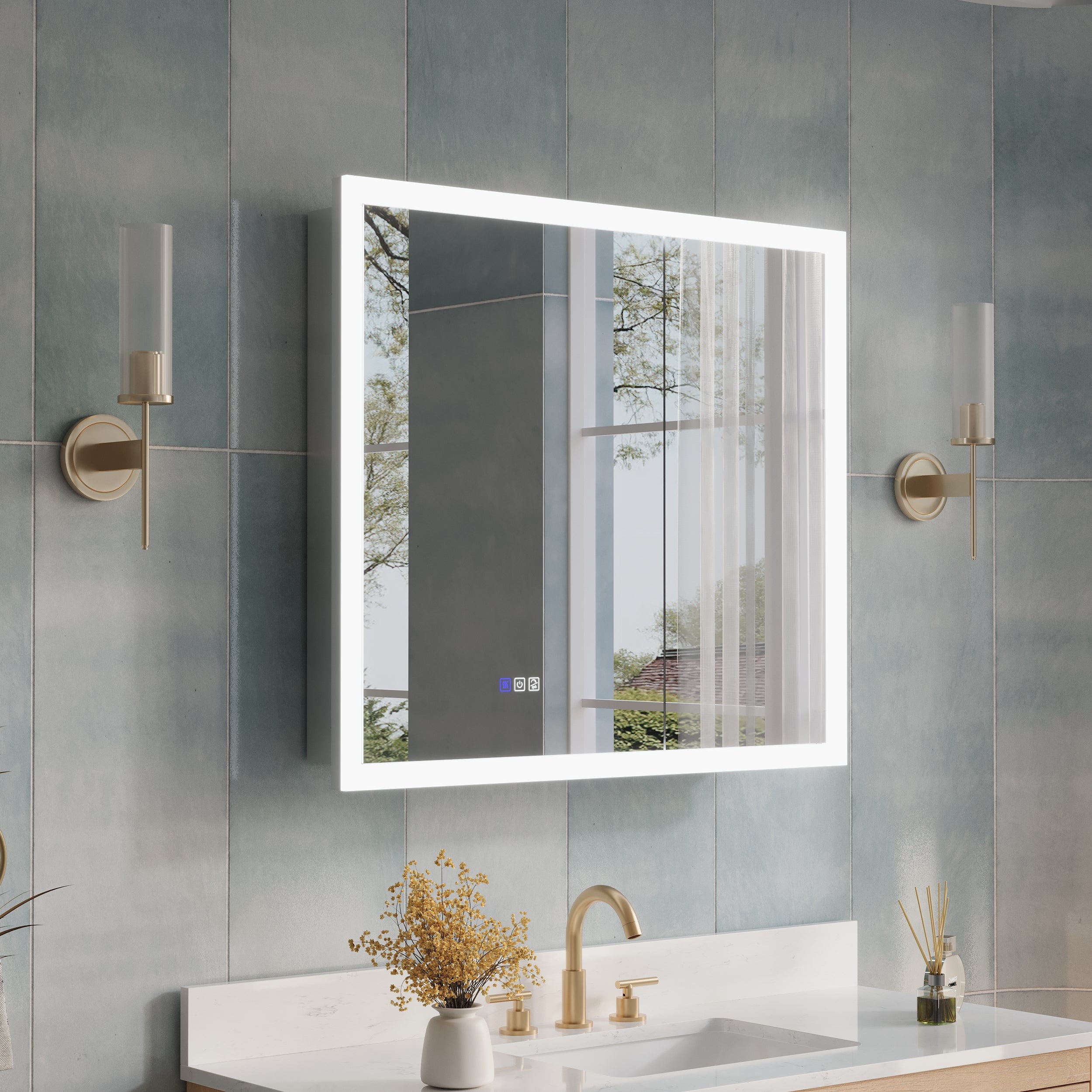
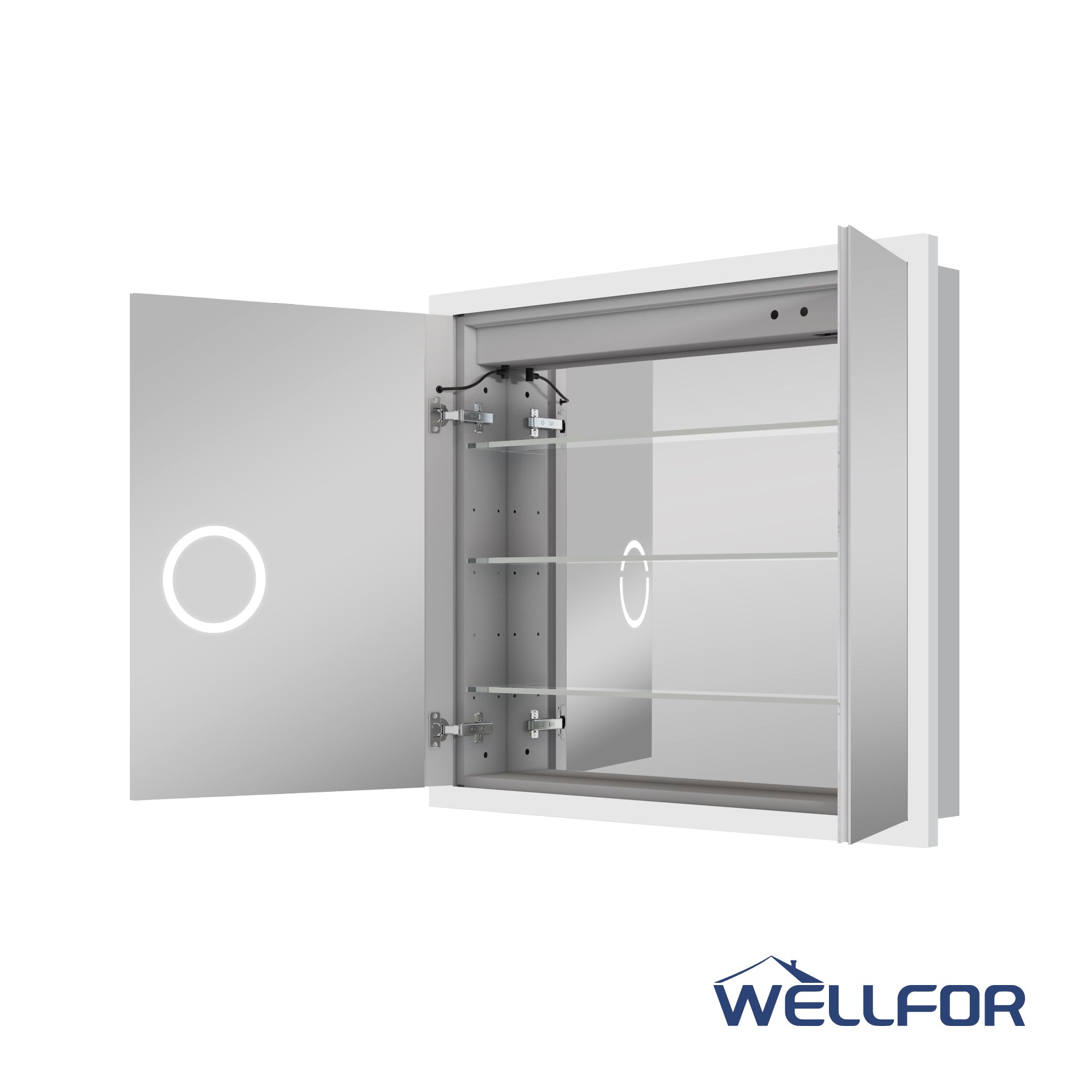


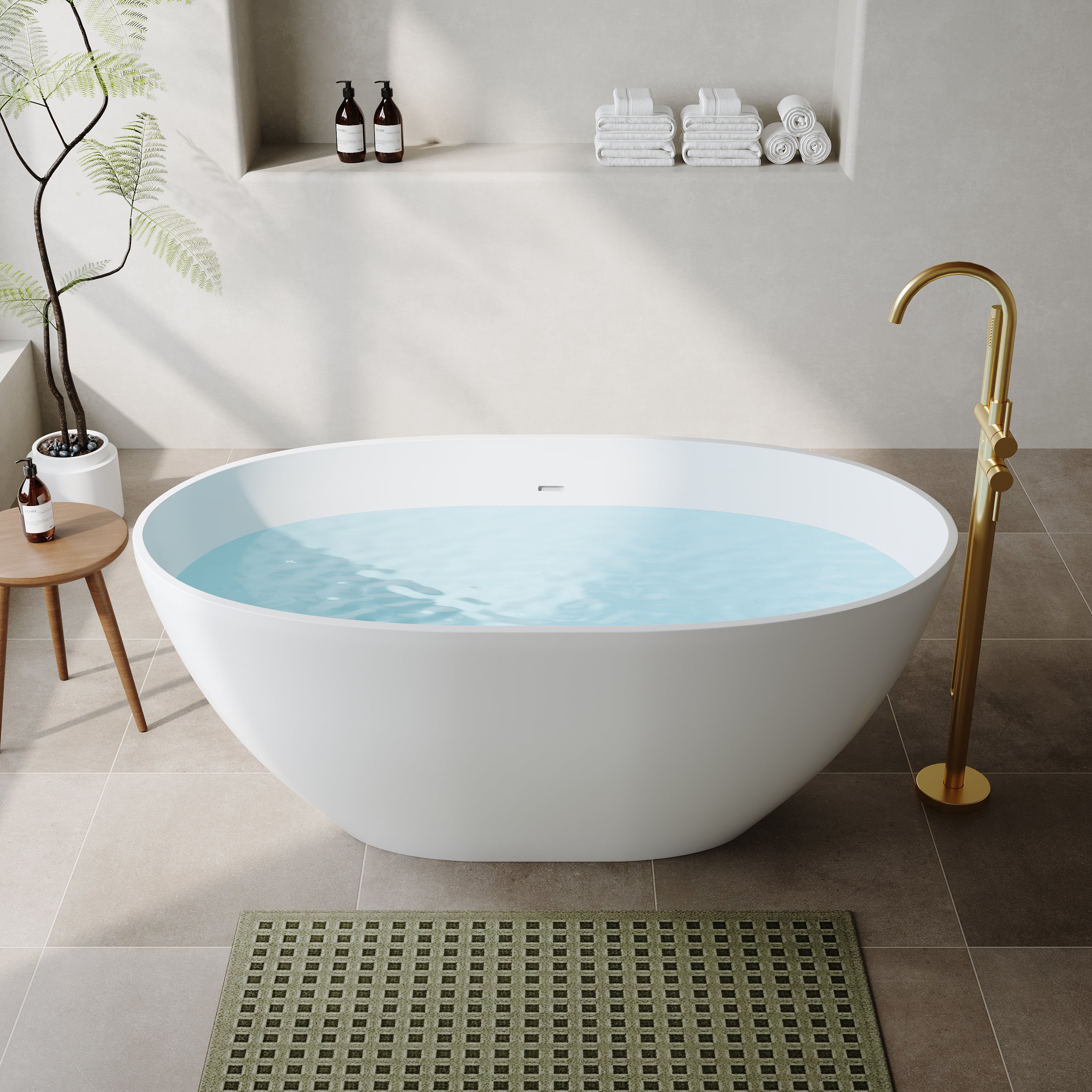
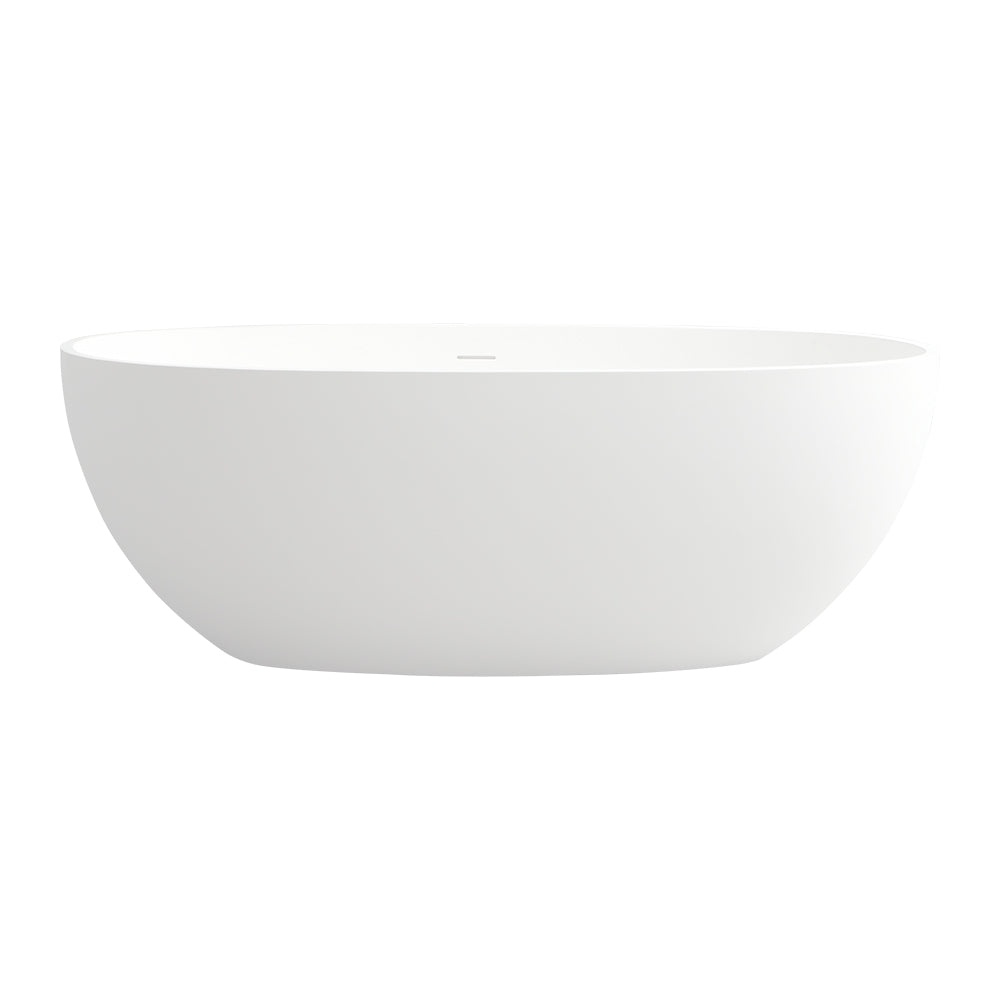
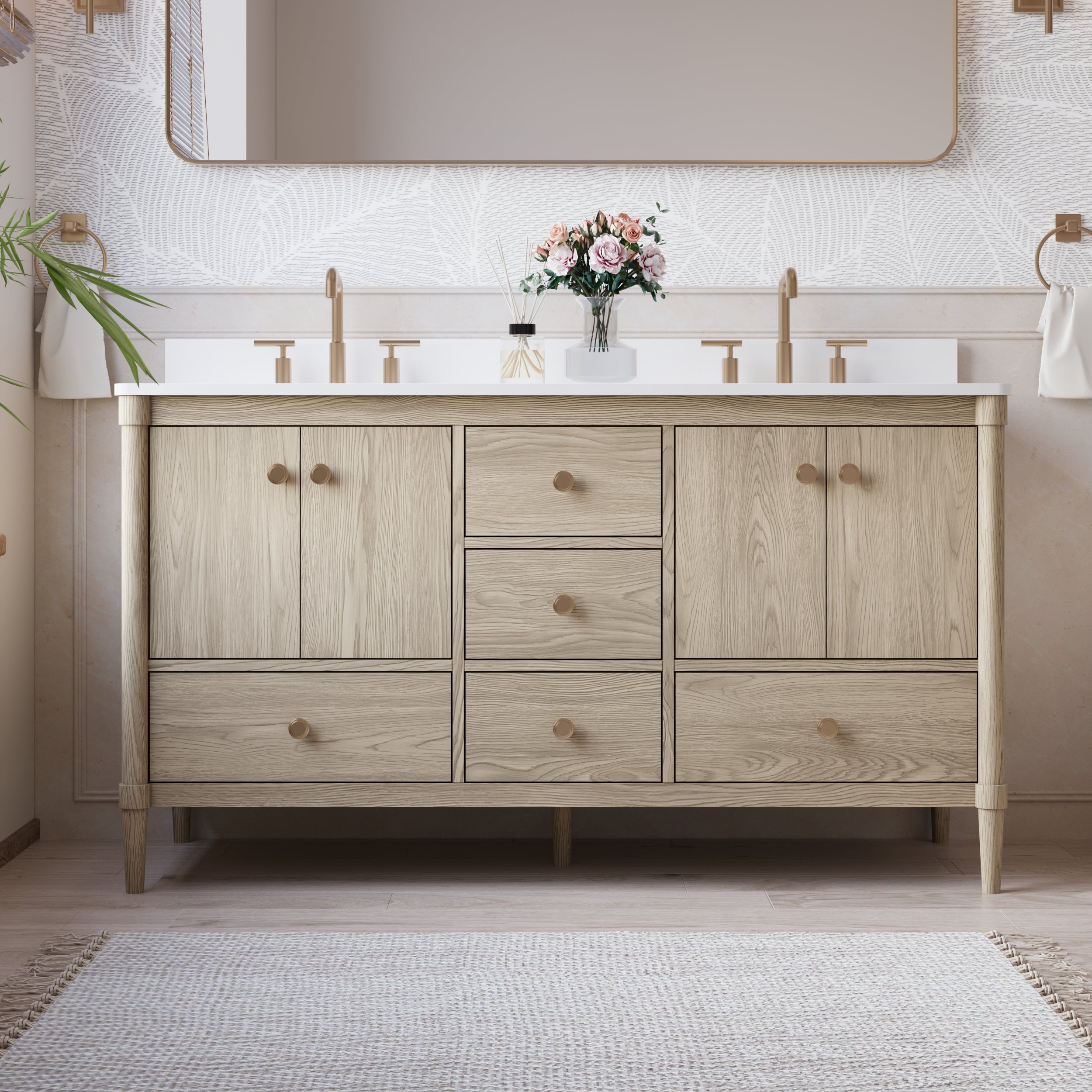
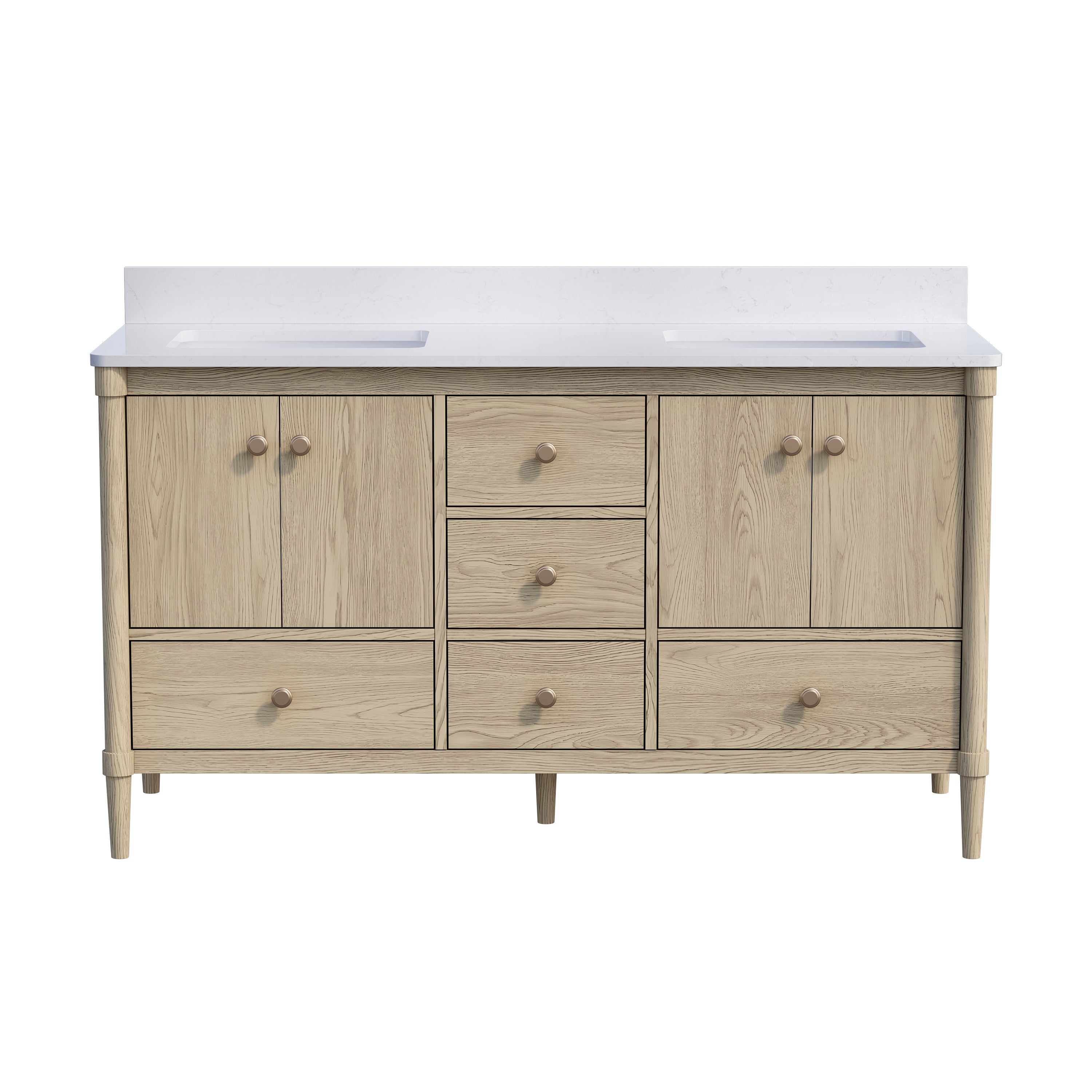
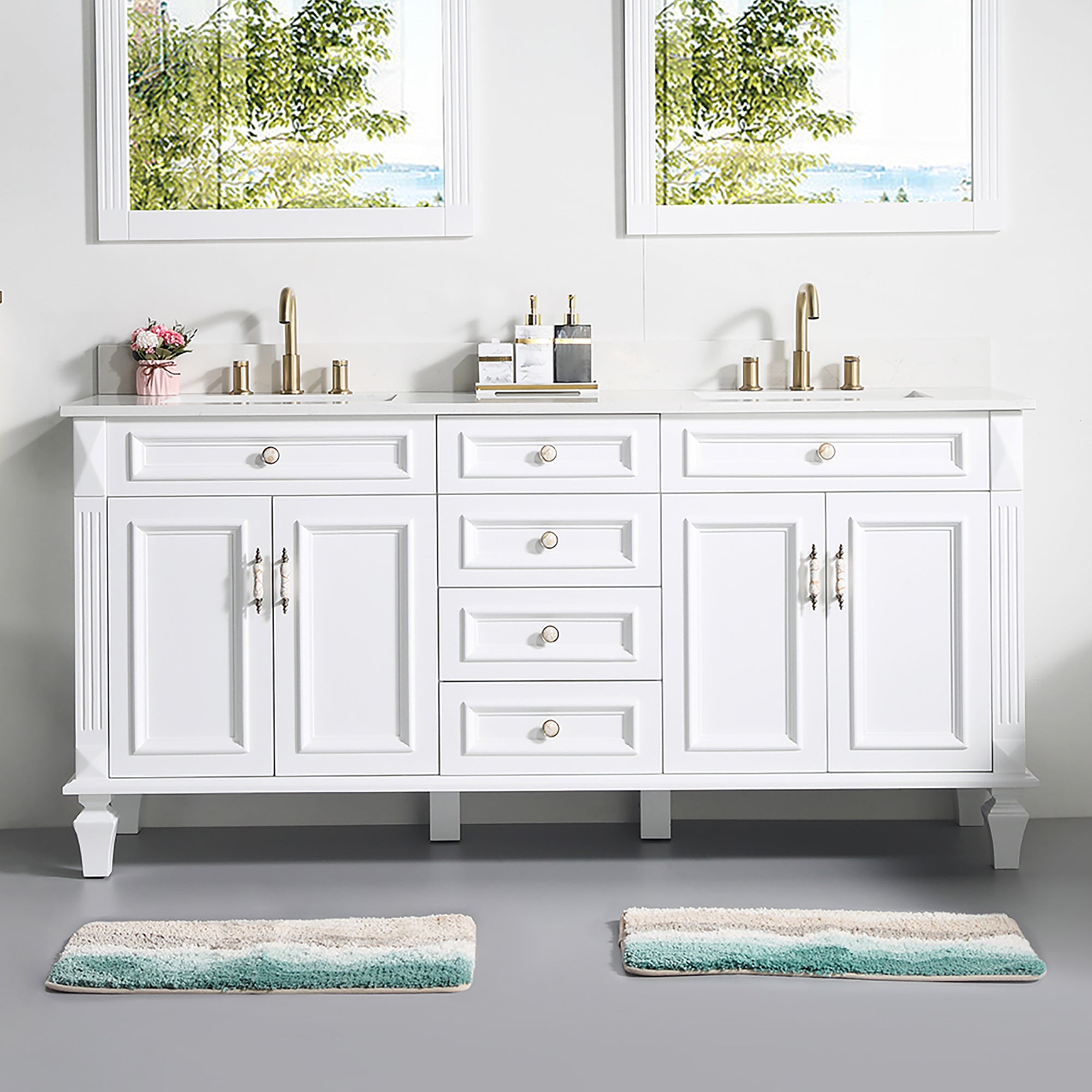
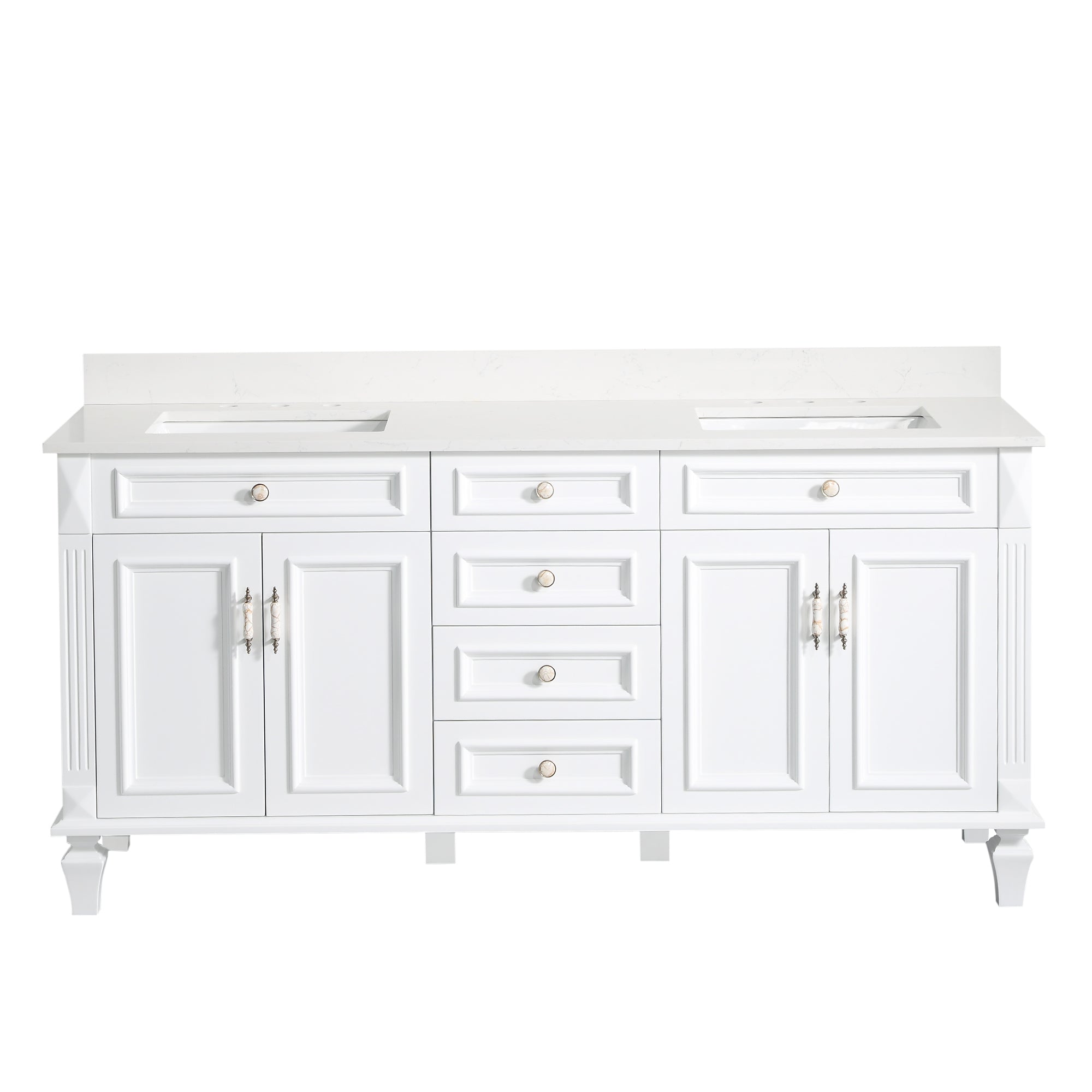
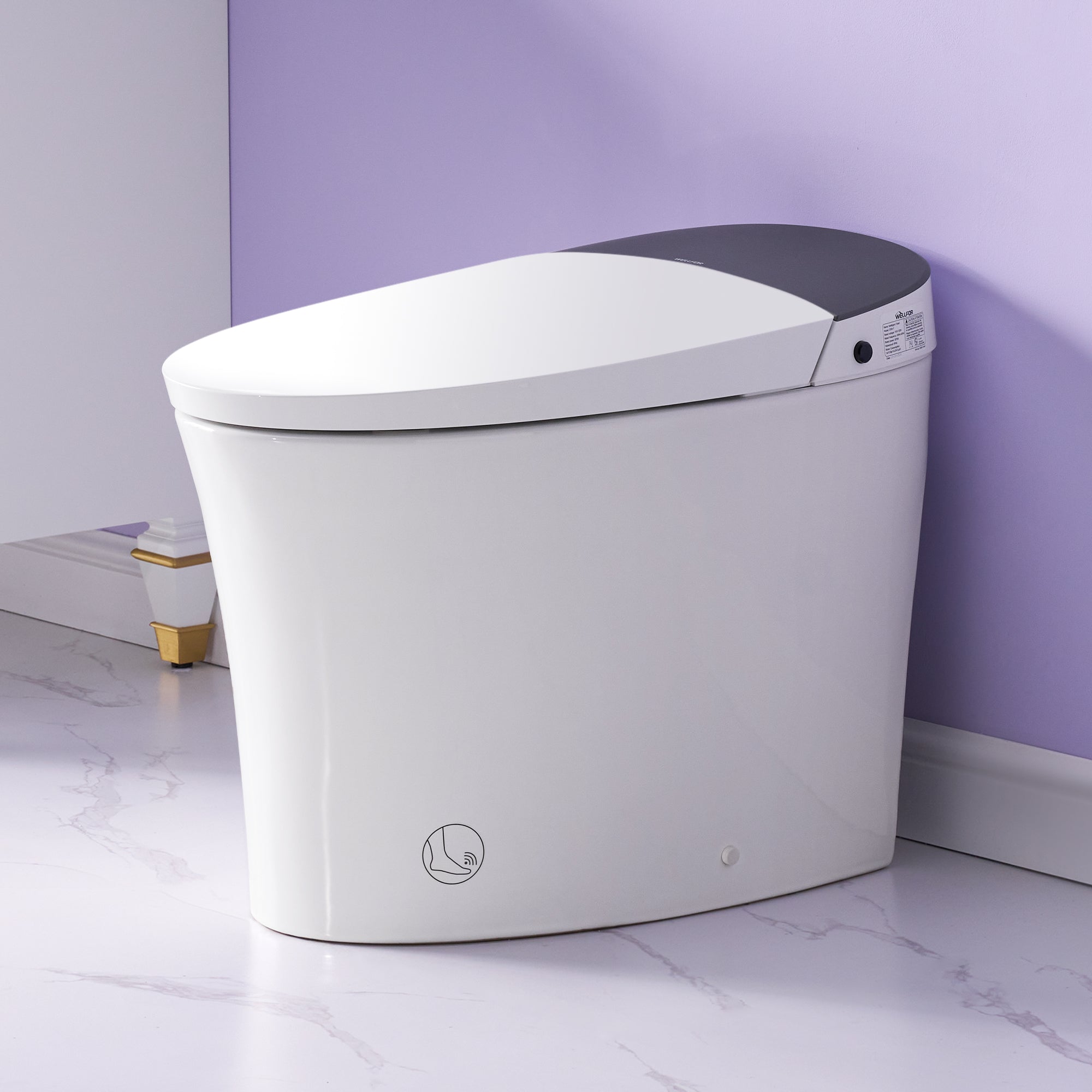
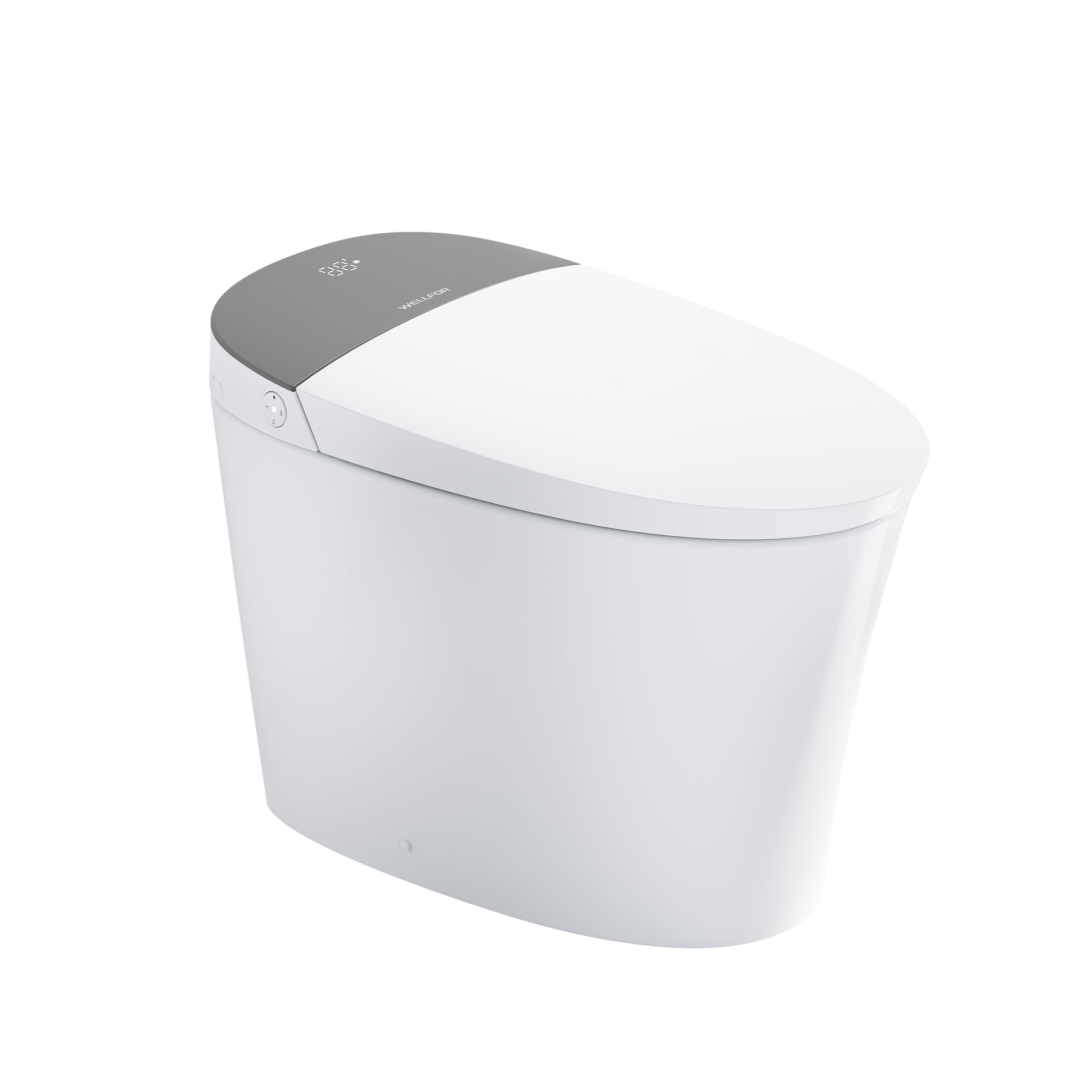
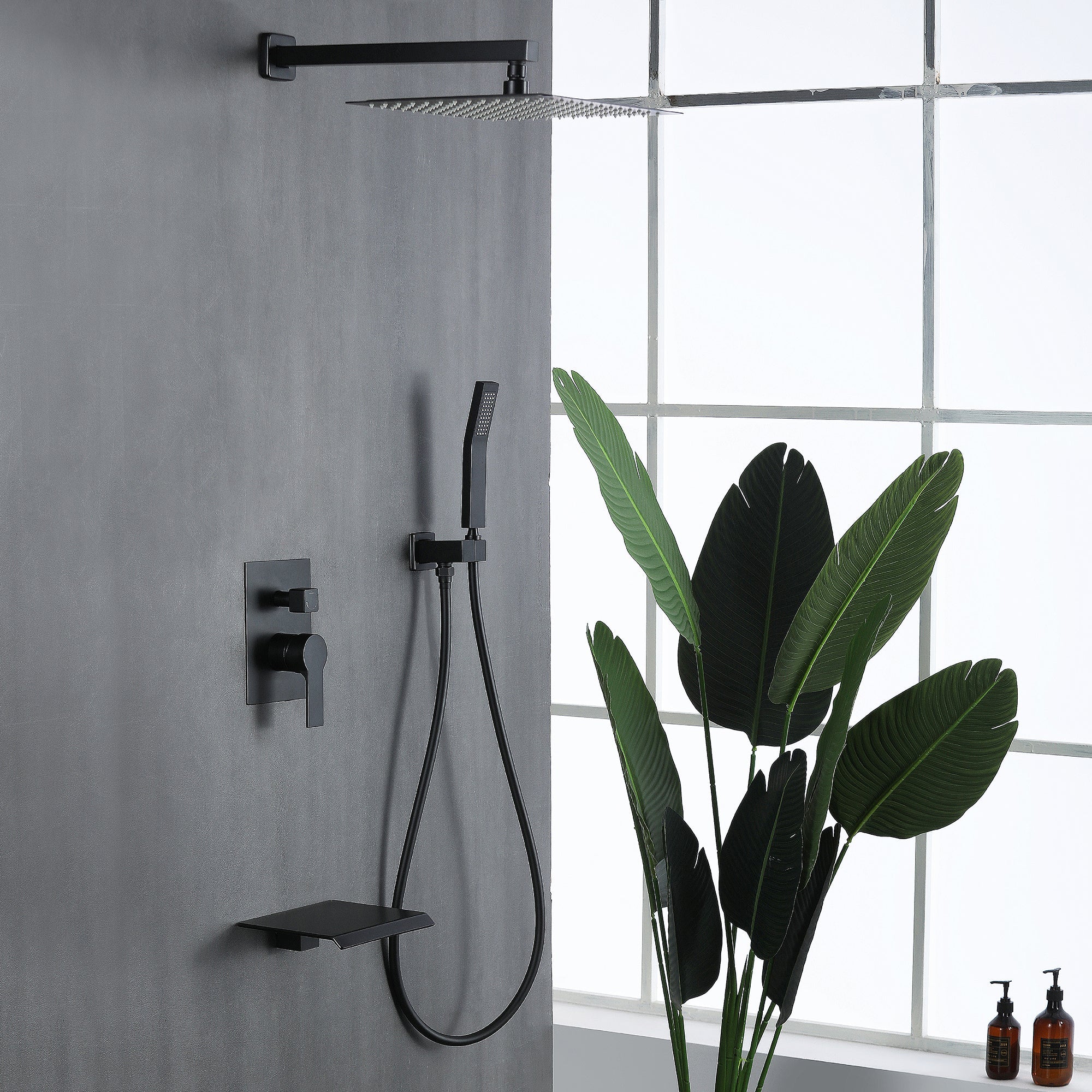
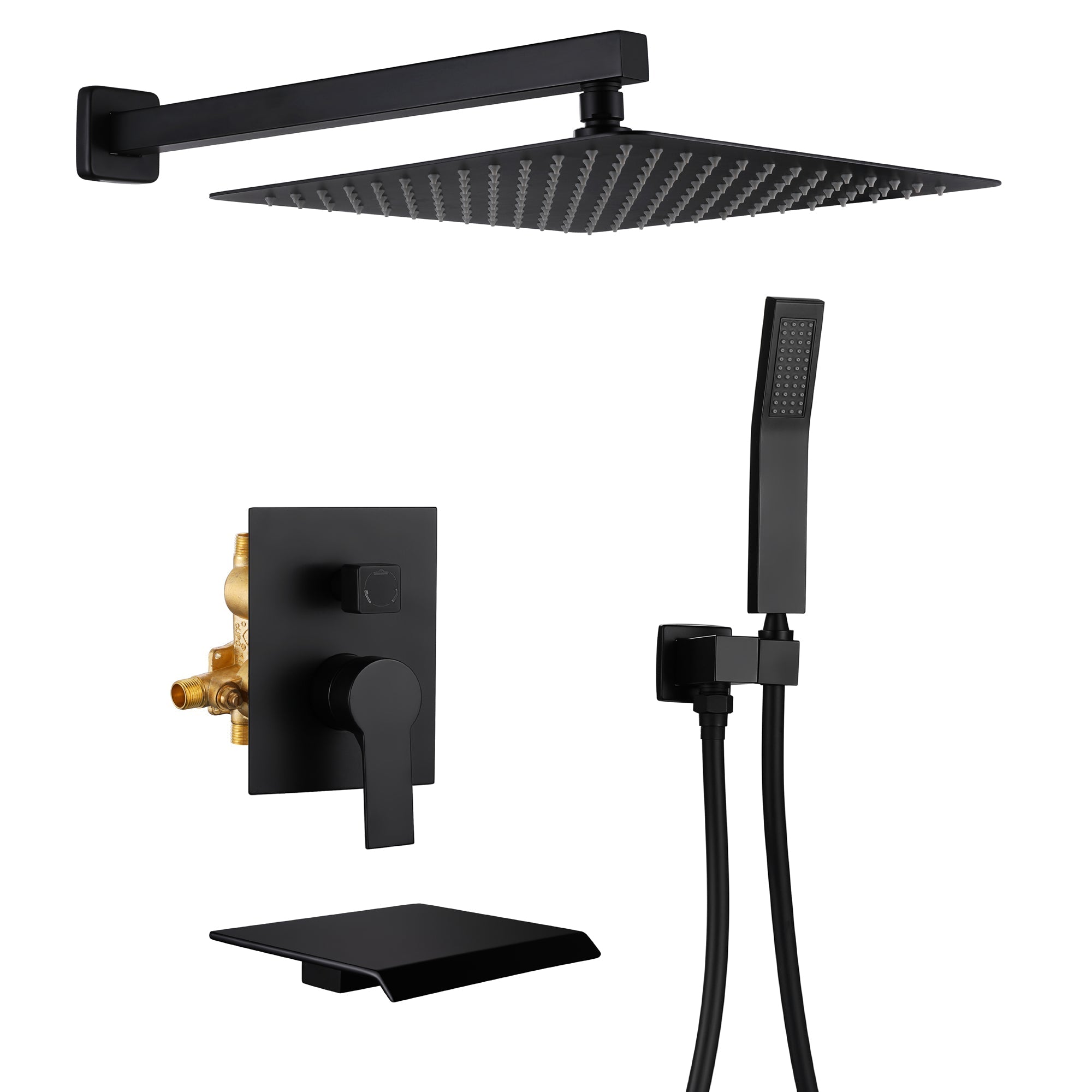
Leave a comment
This site is protected by hCaptcha and the hCaptcha Privacy Policy and Terms of Service apply.